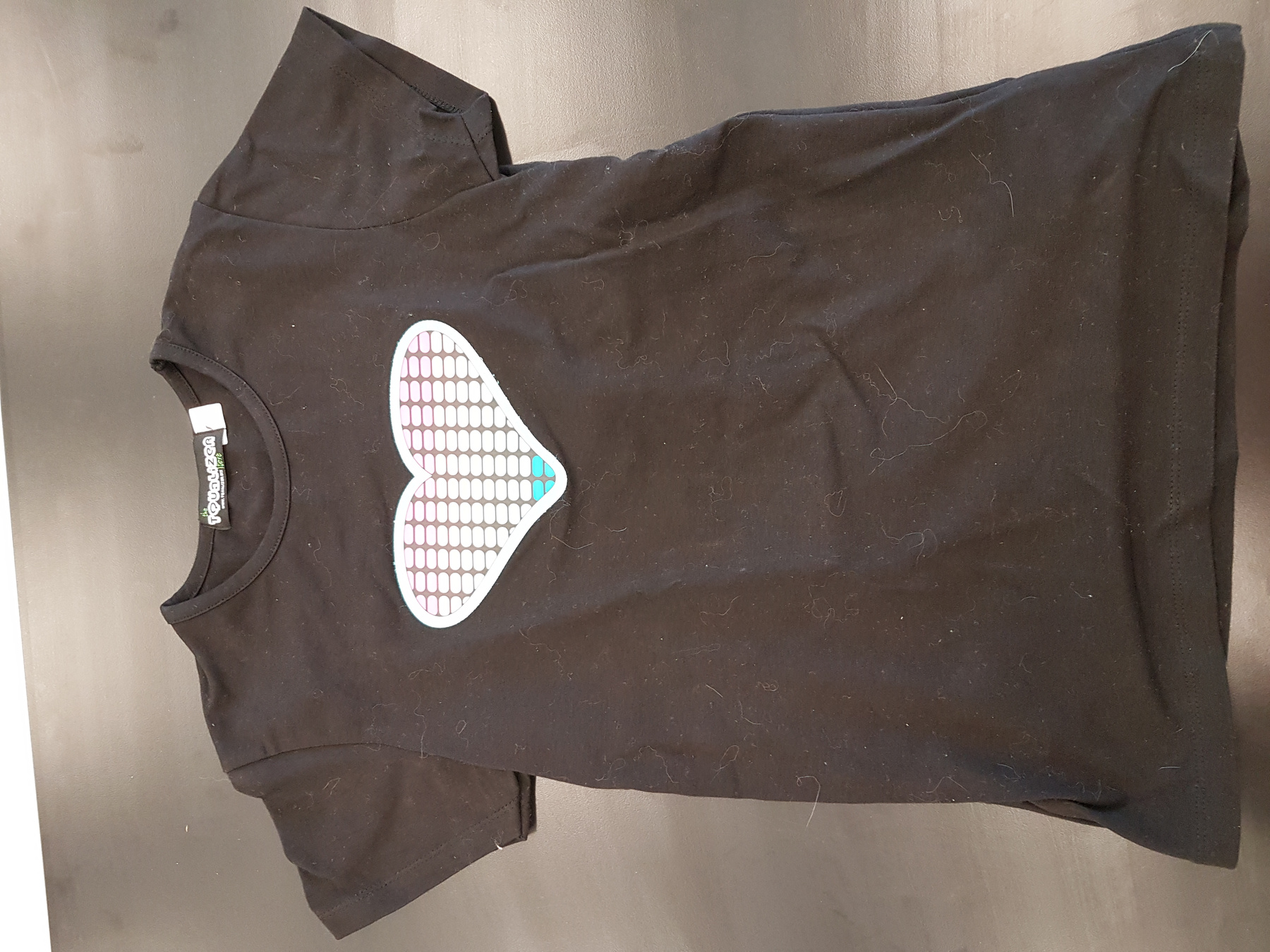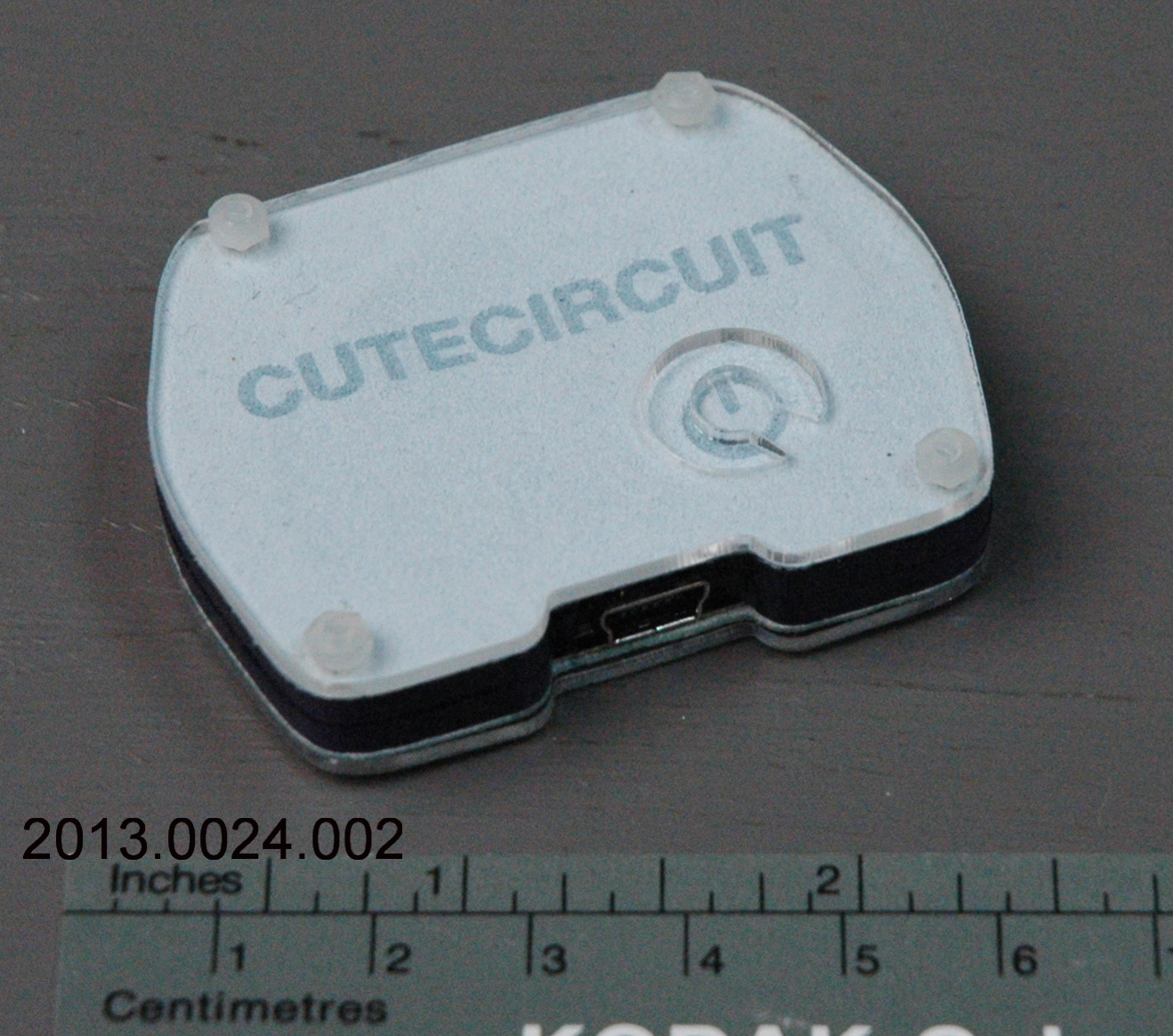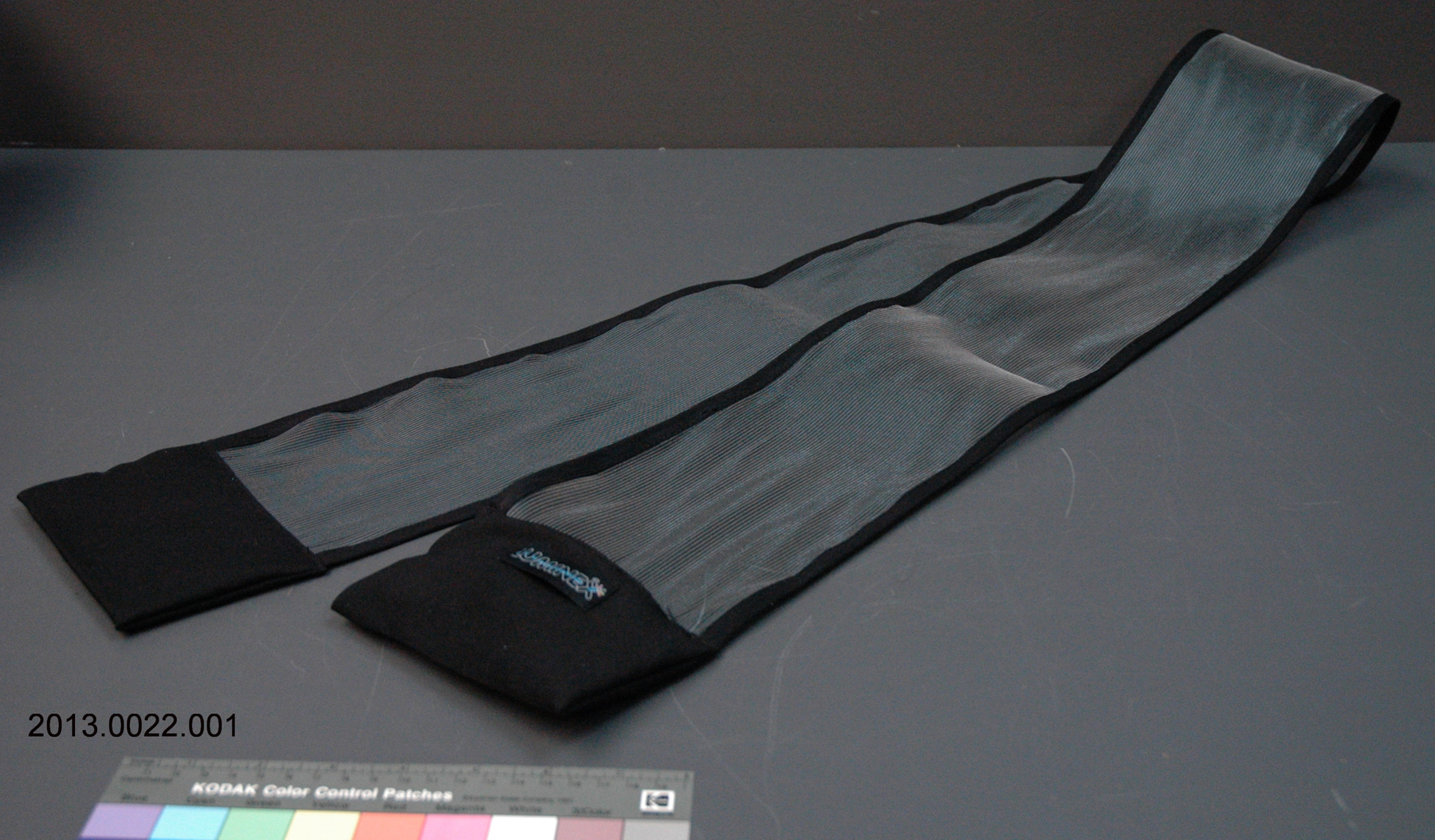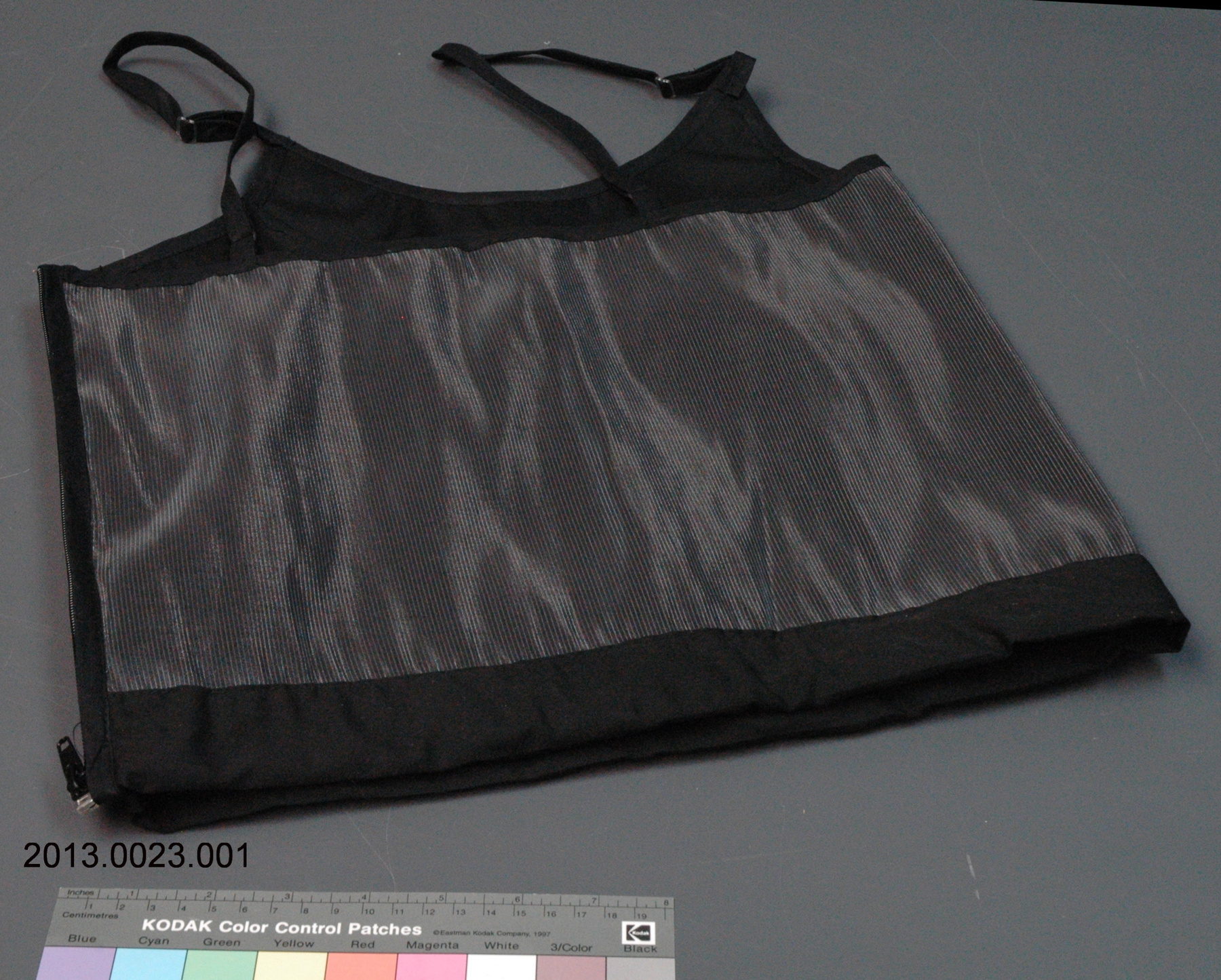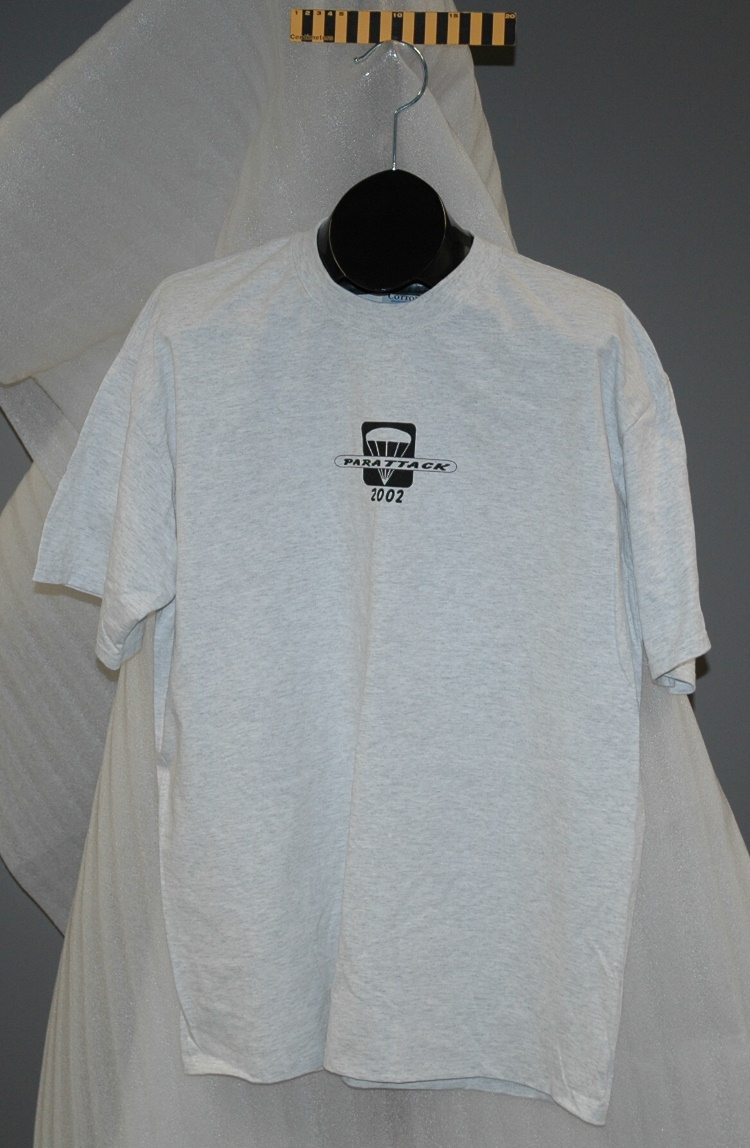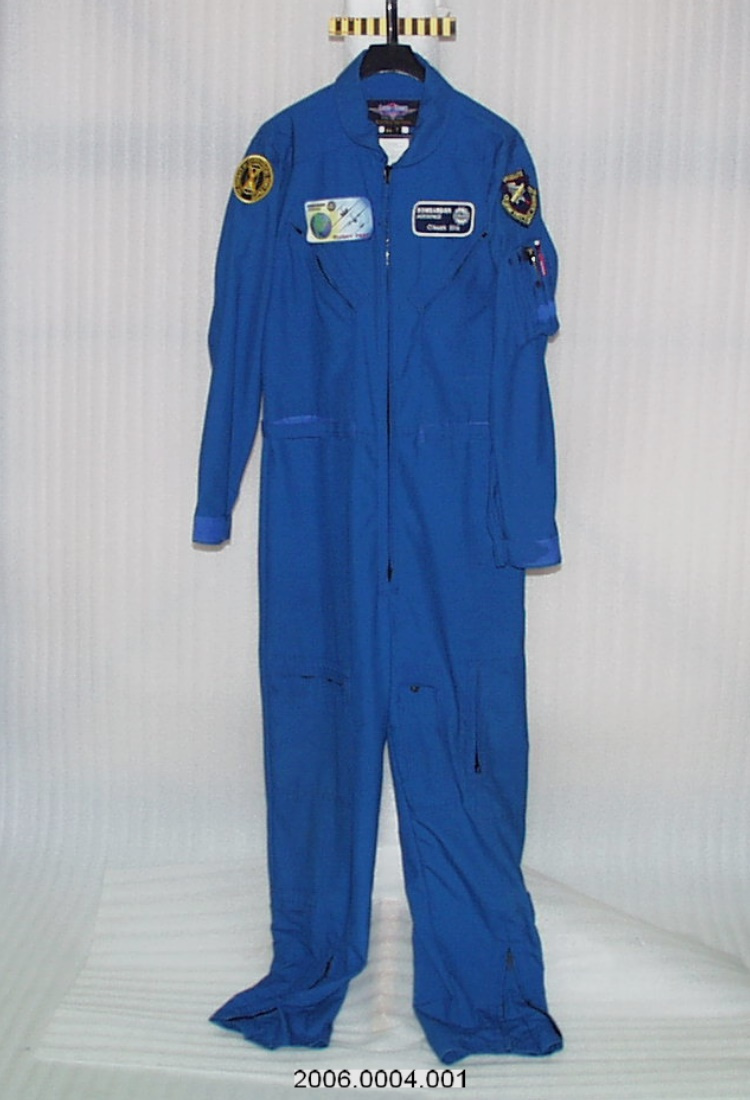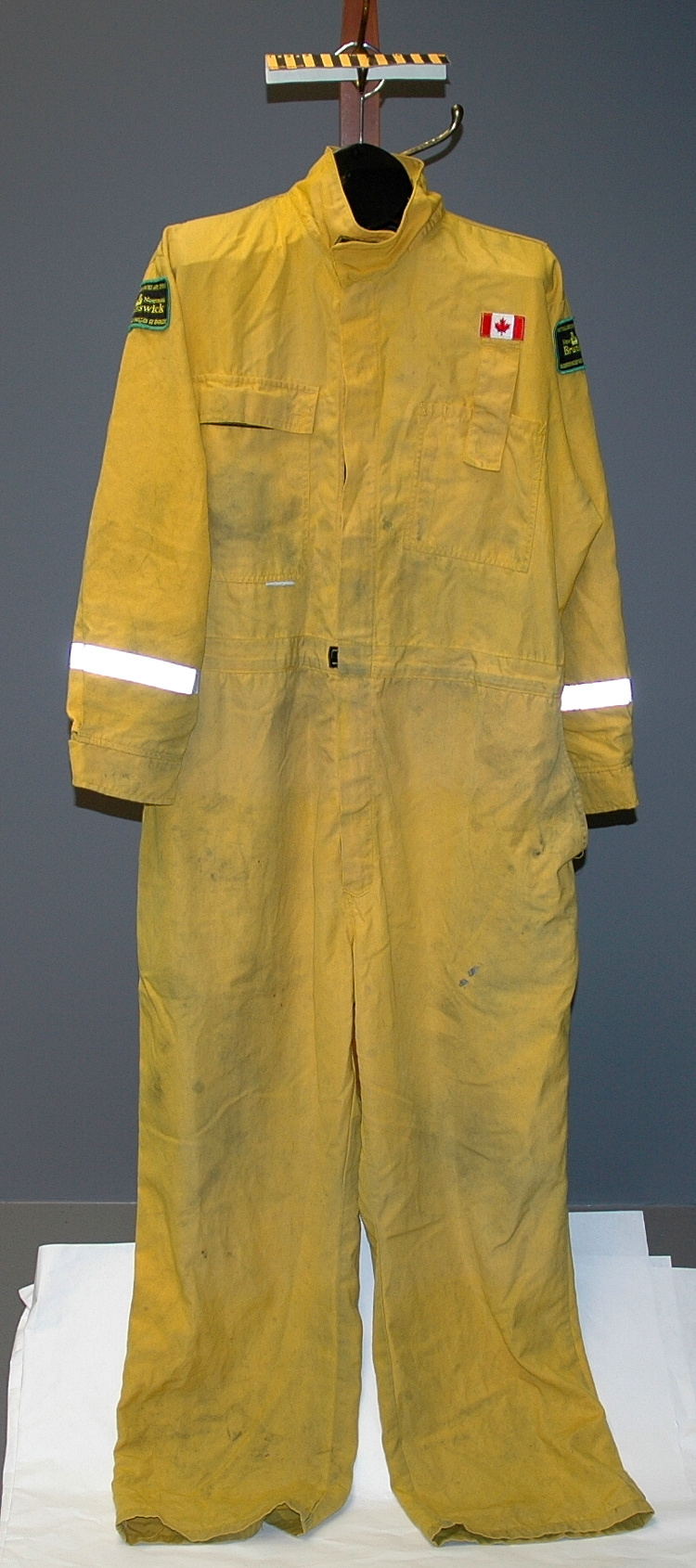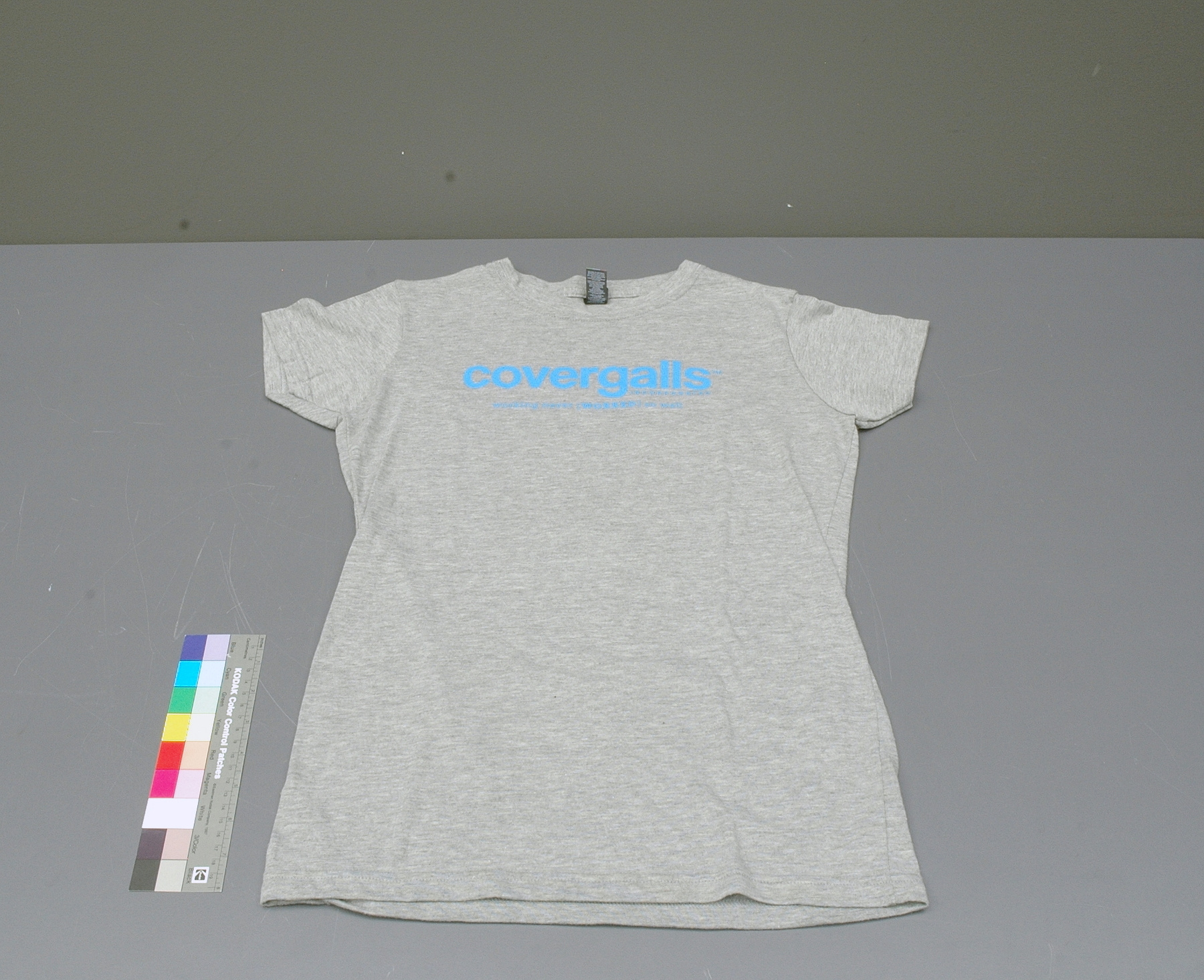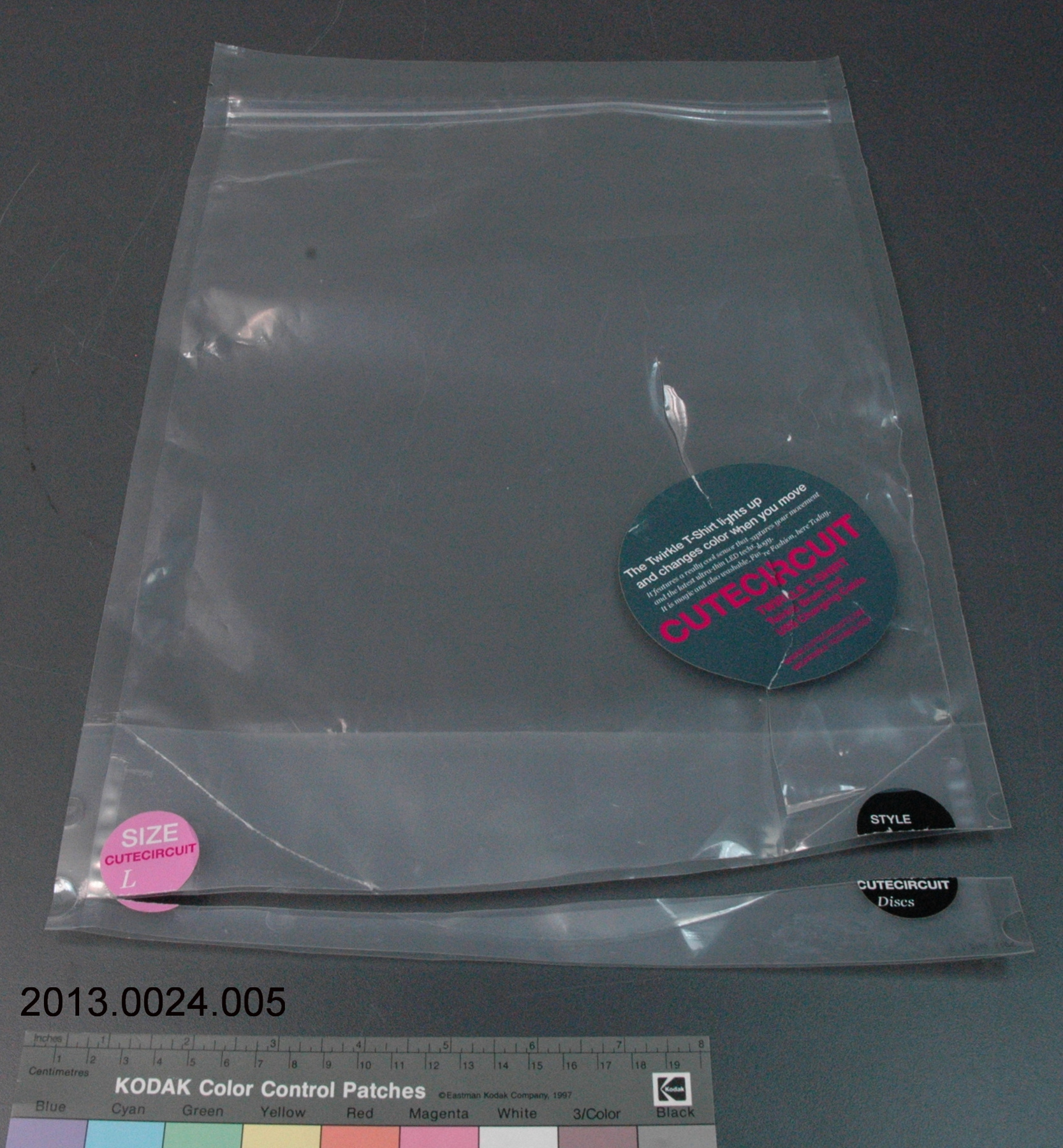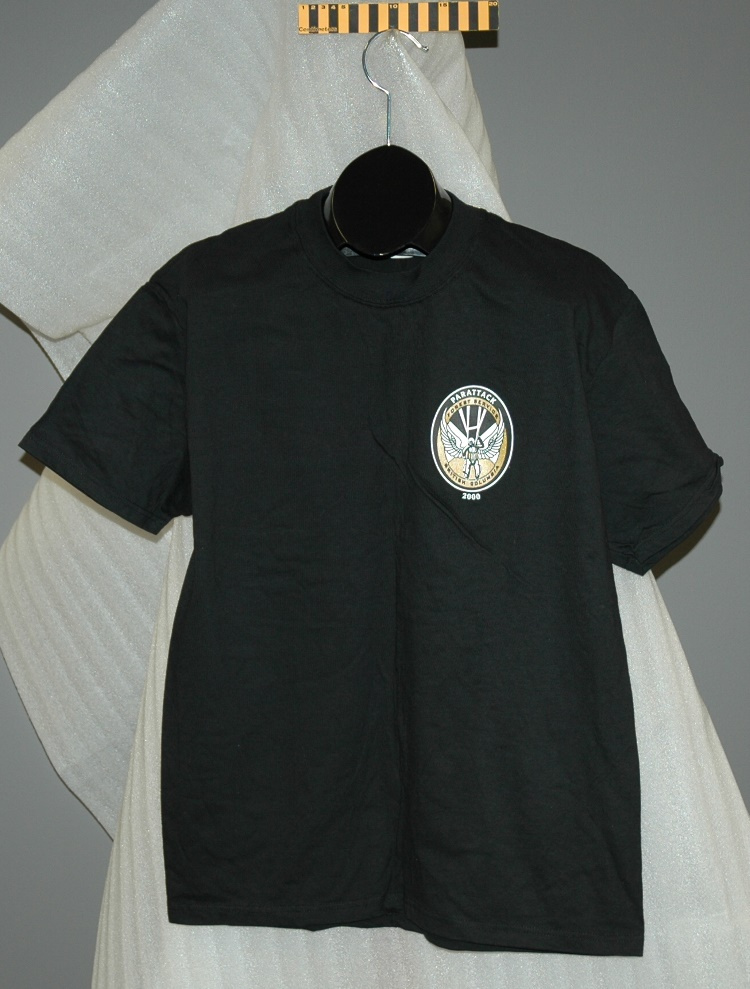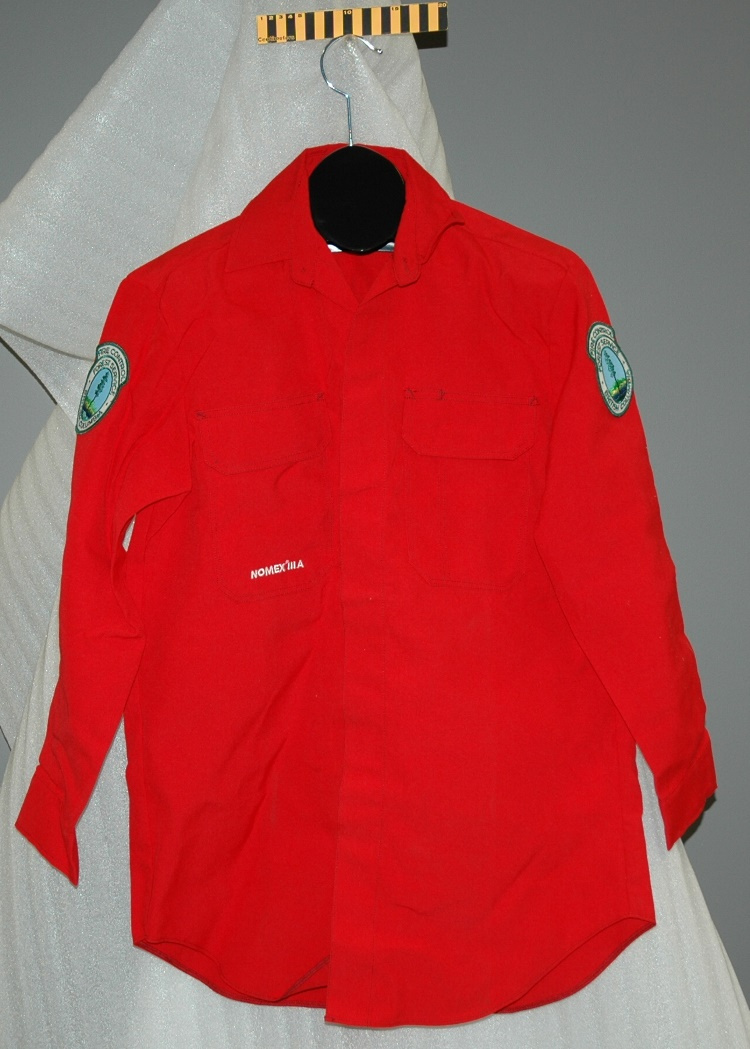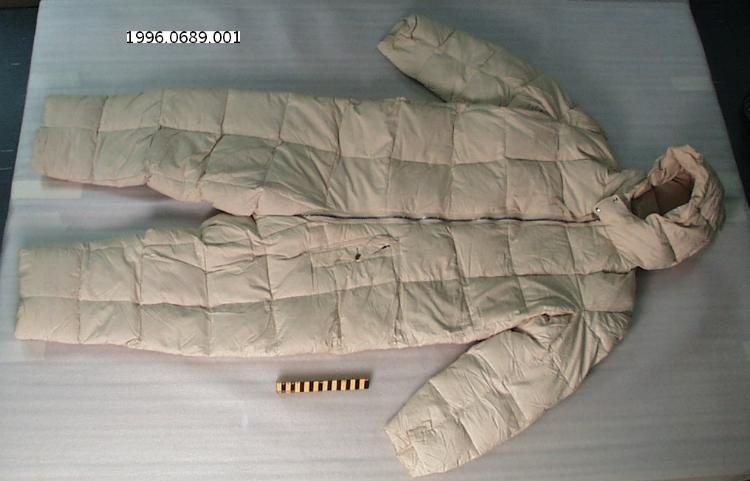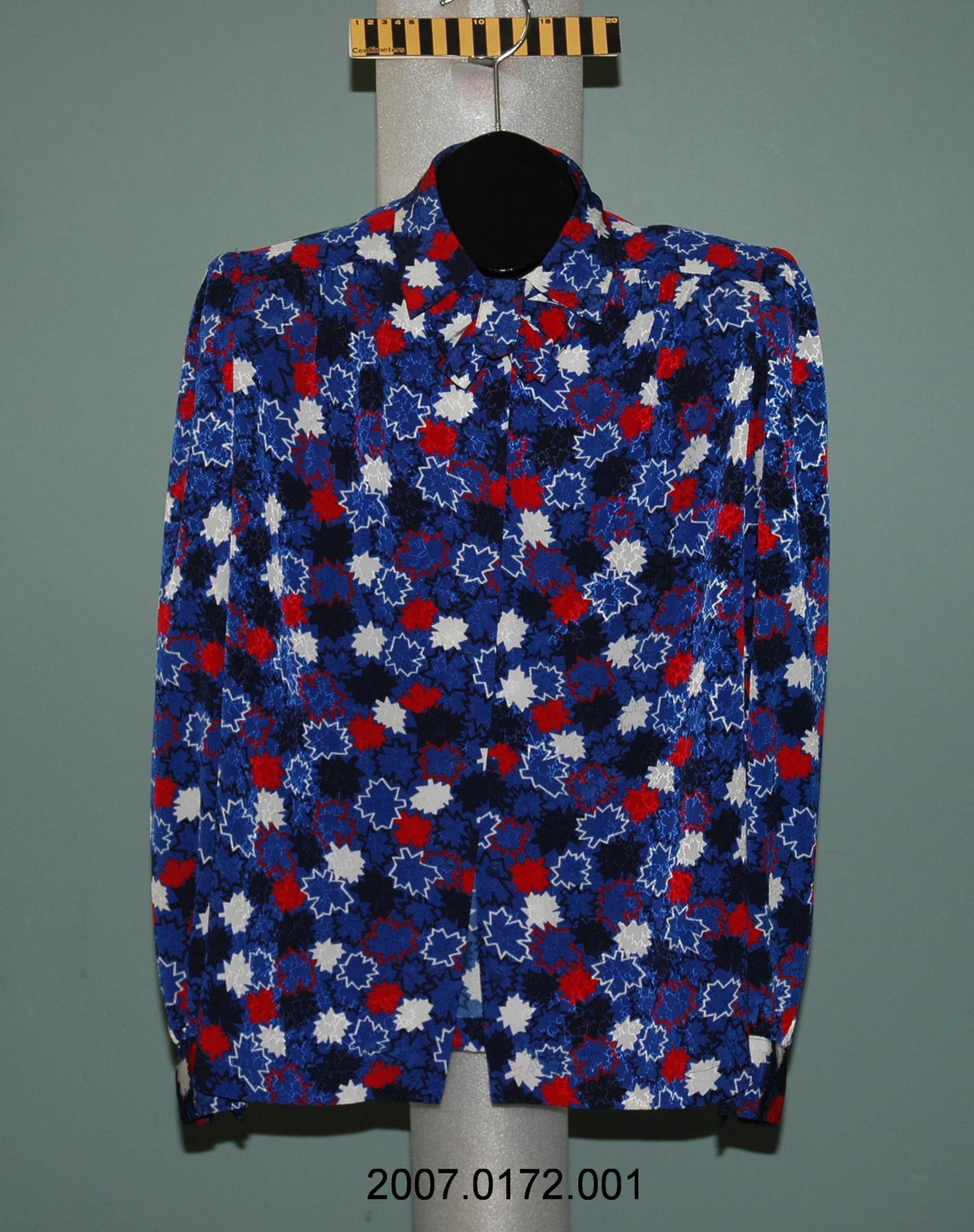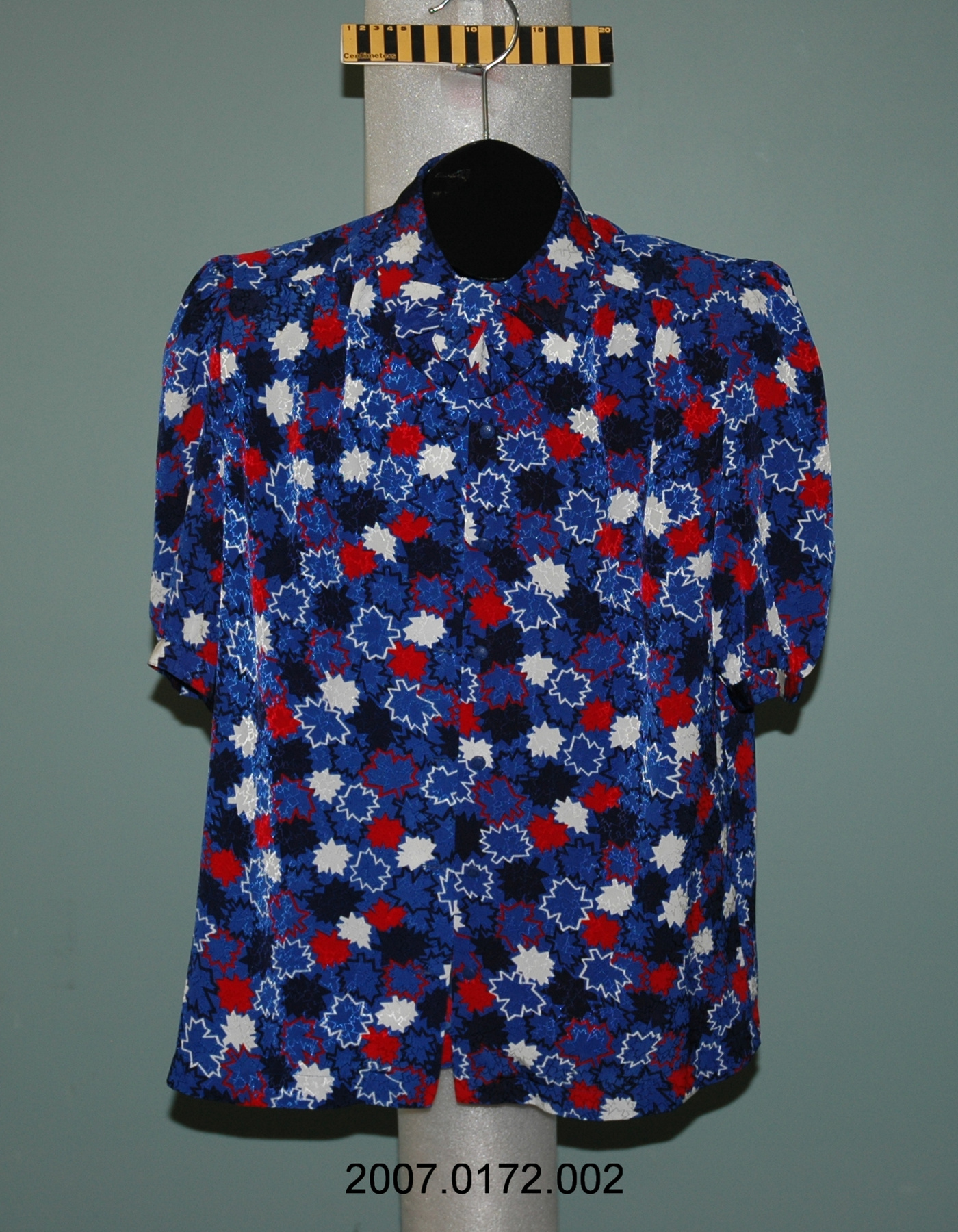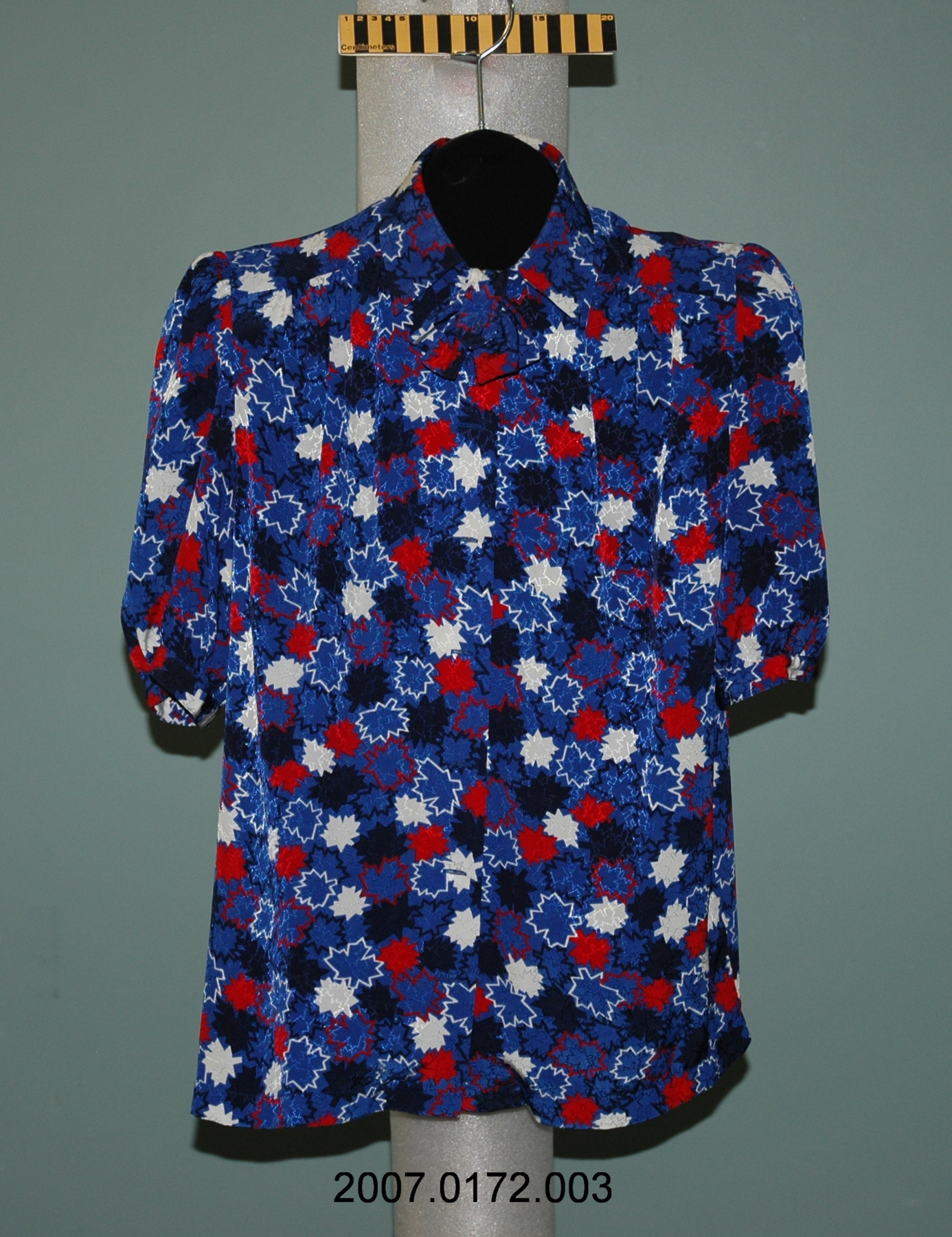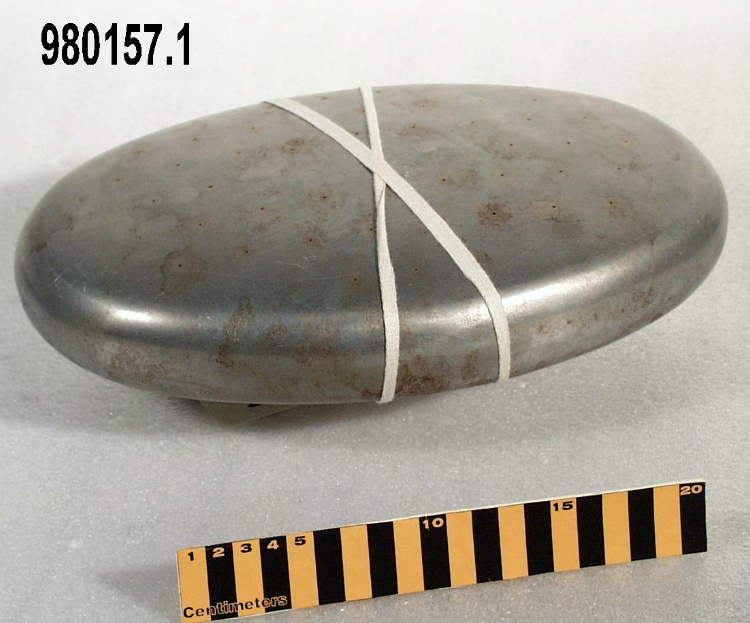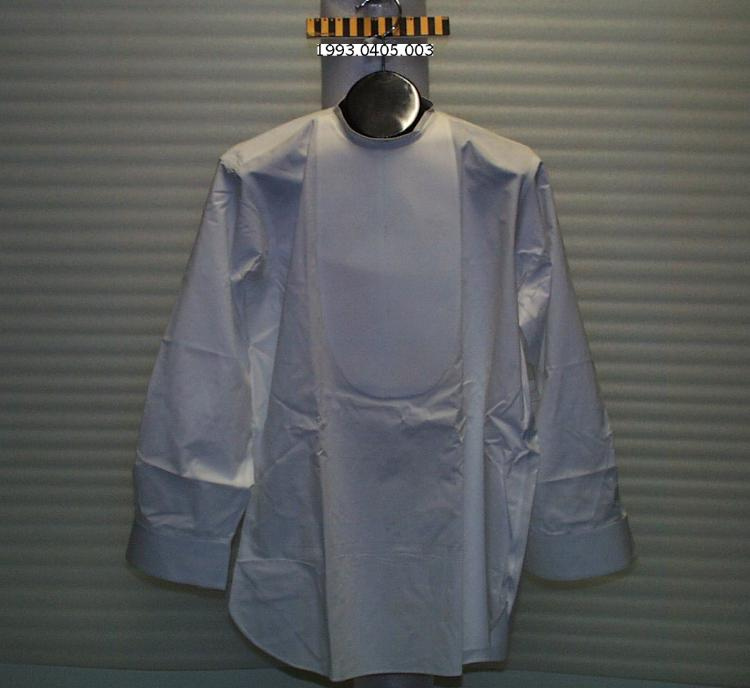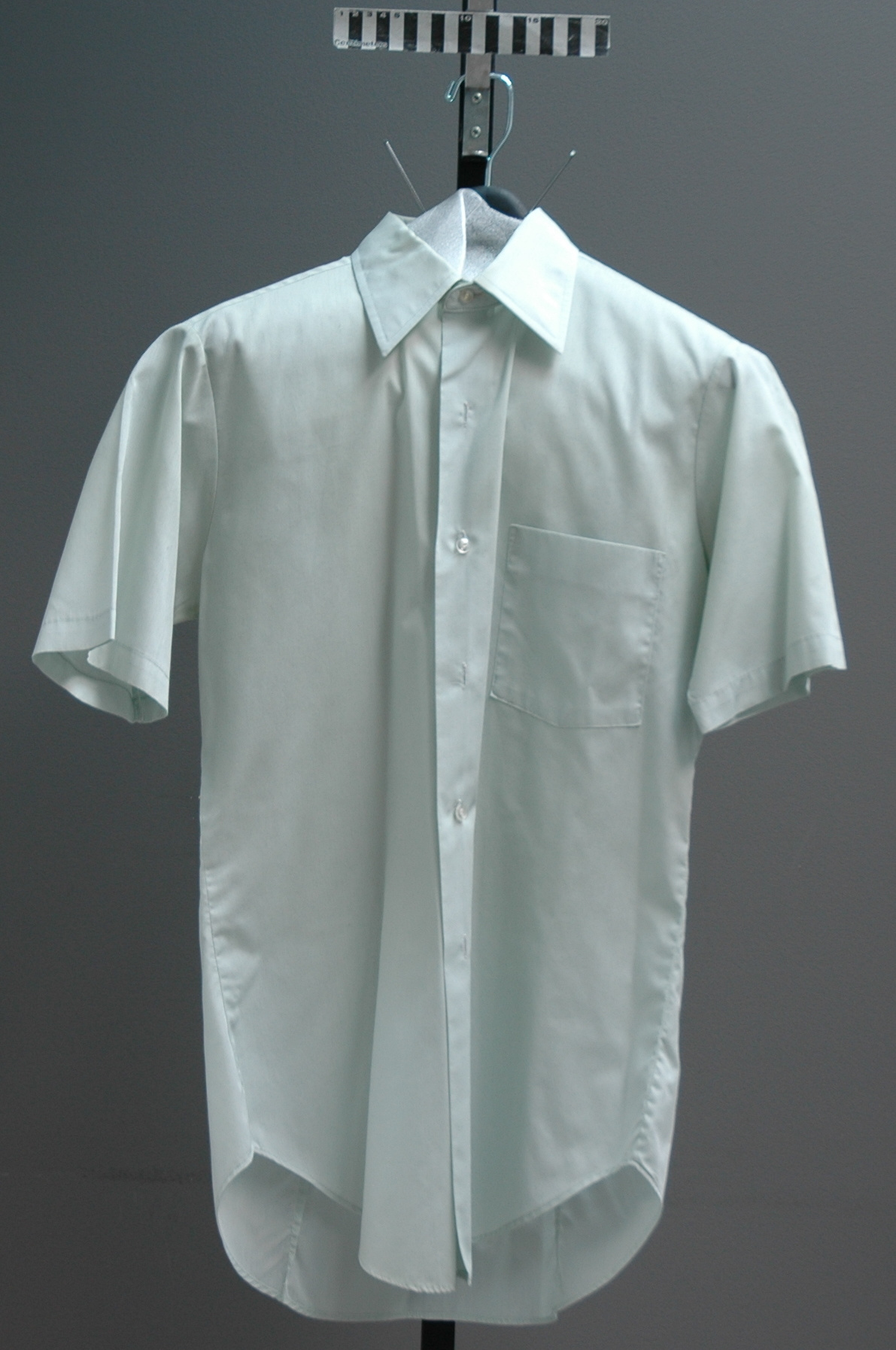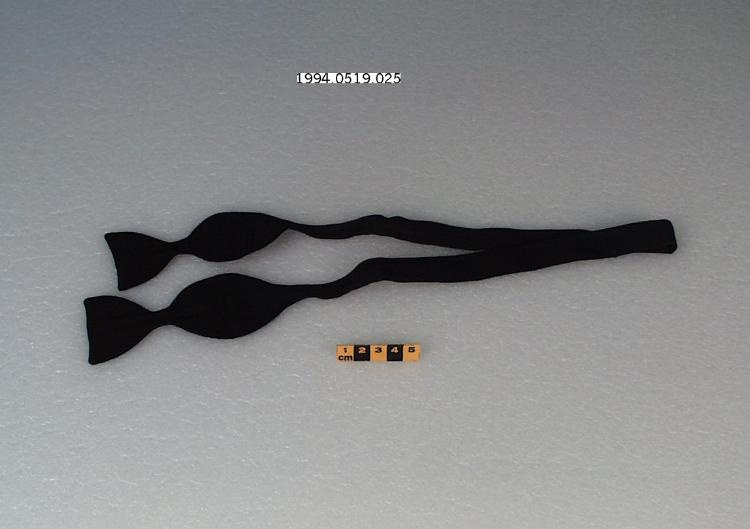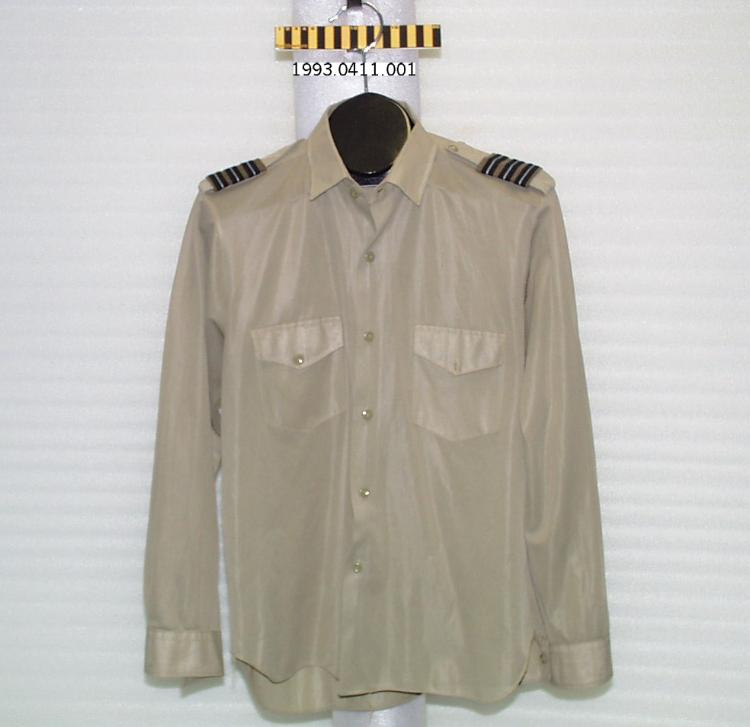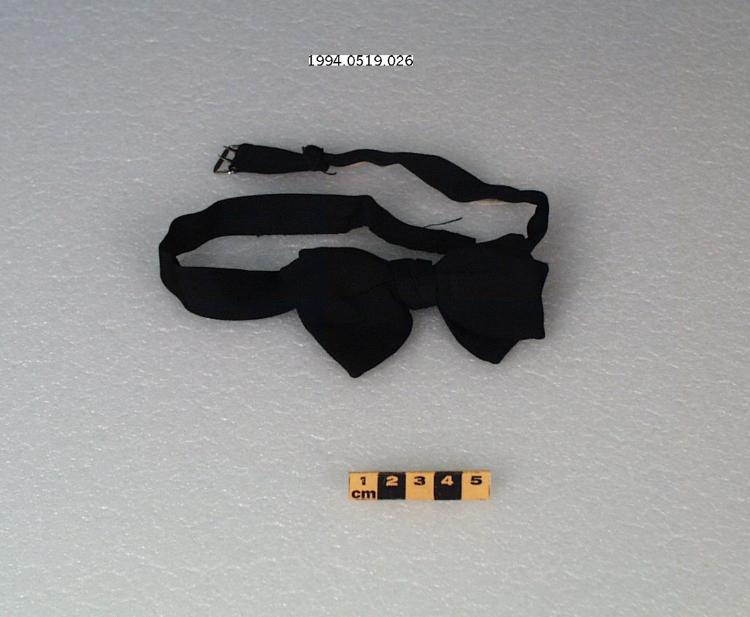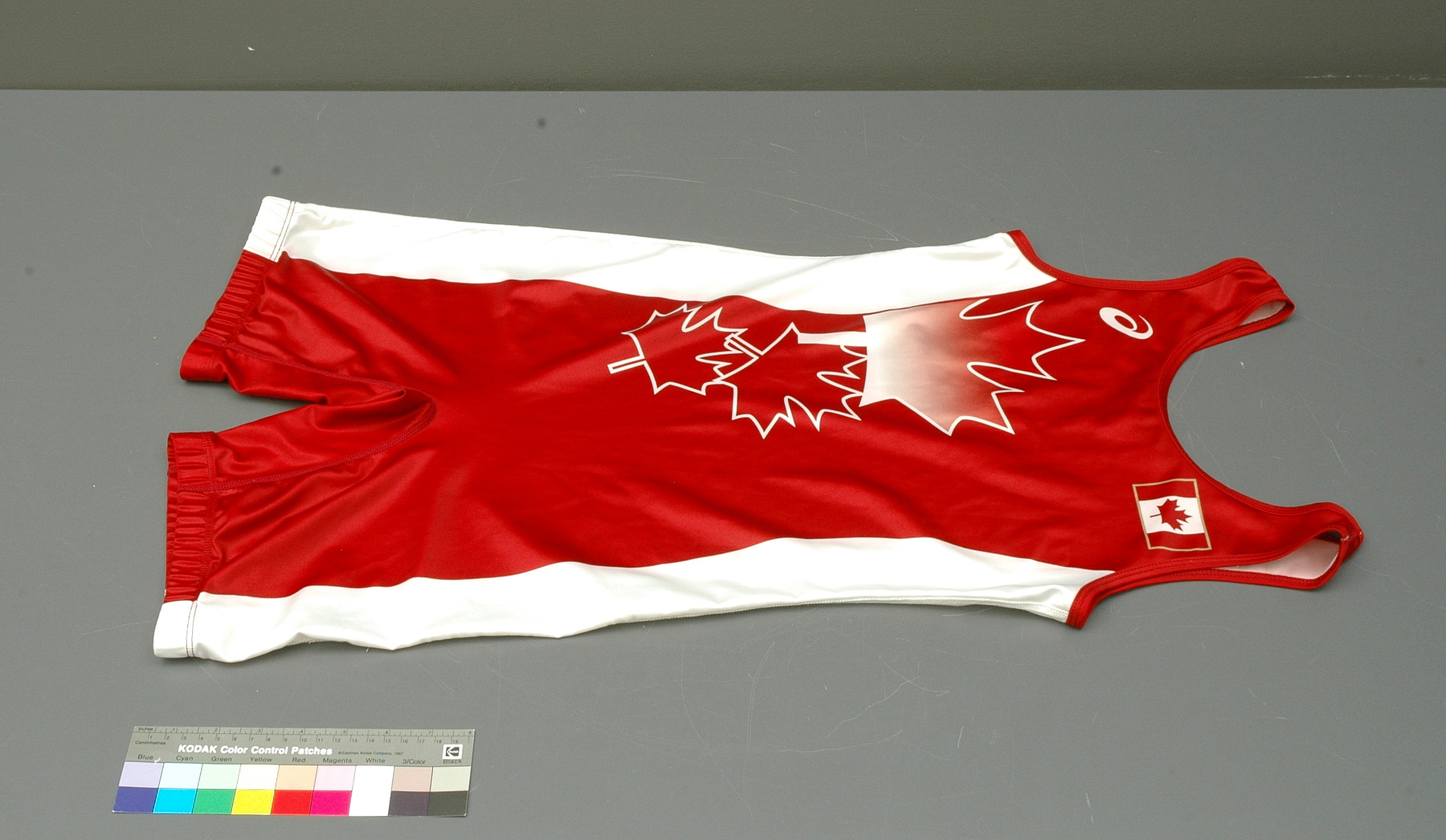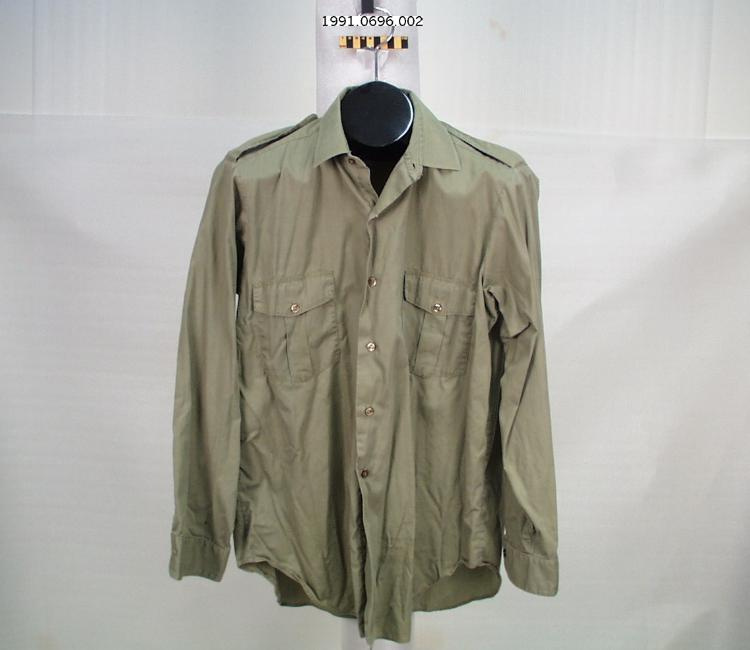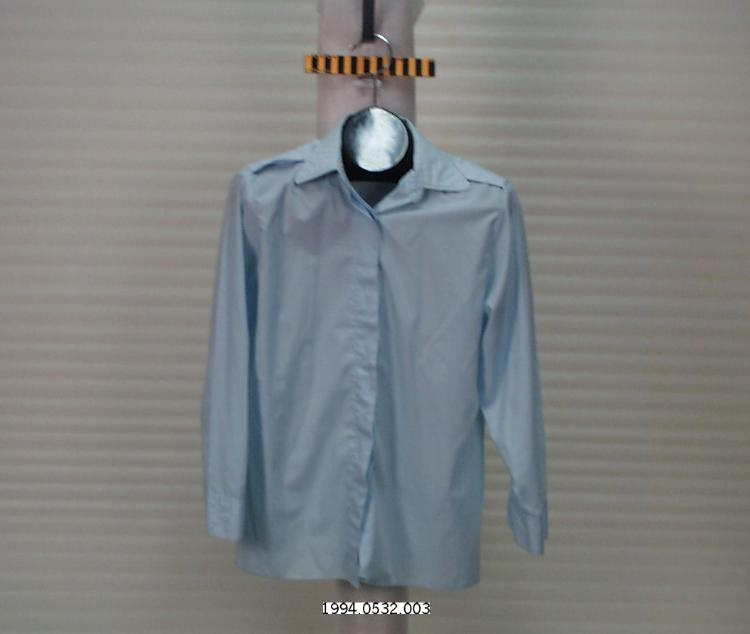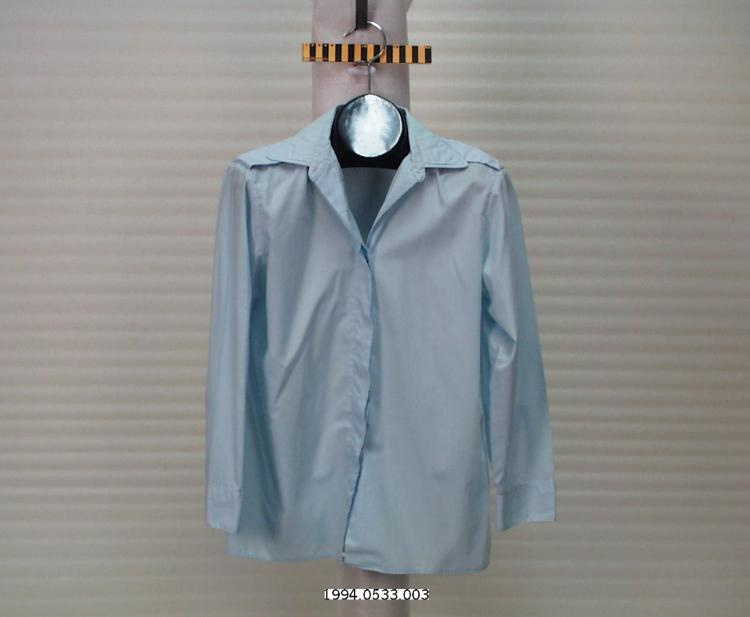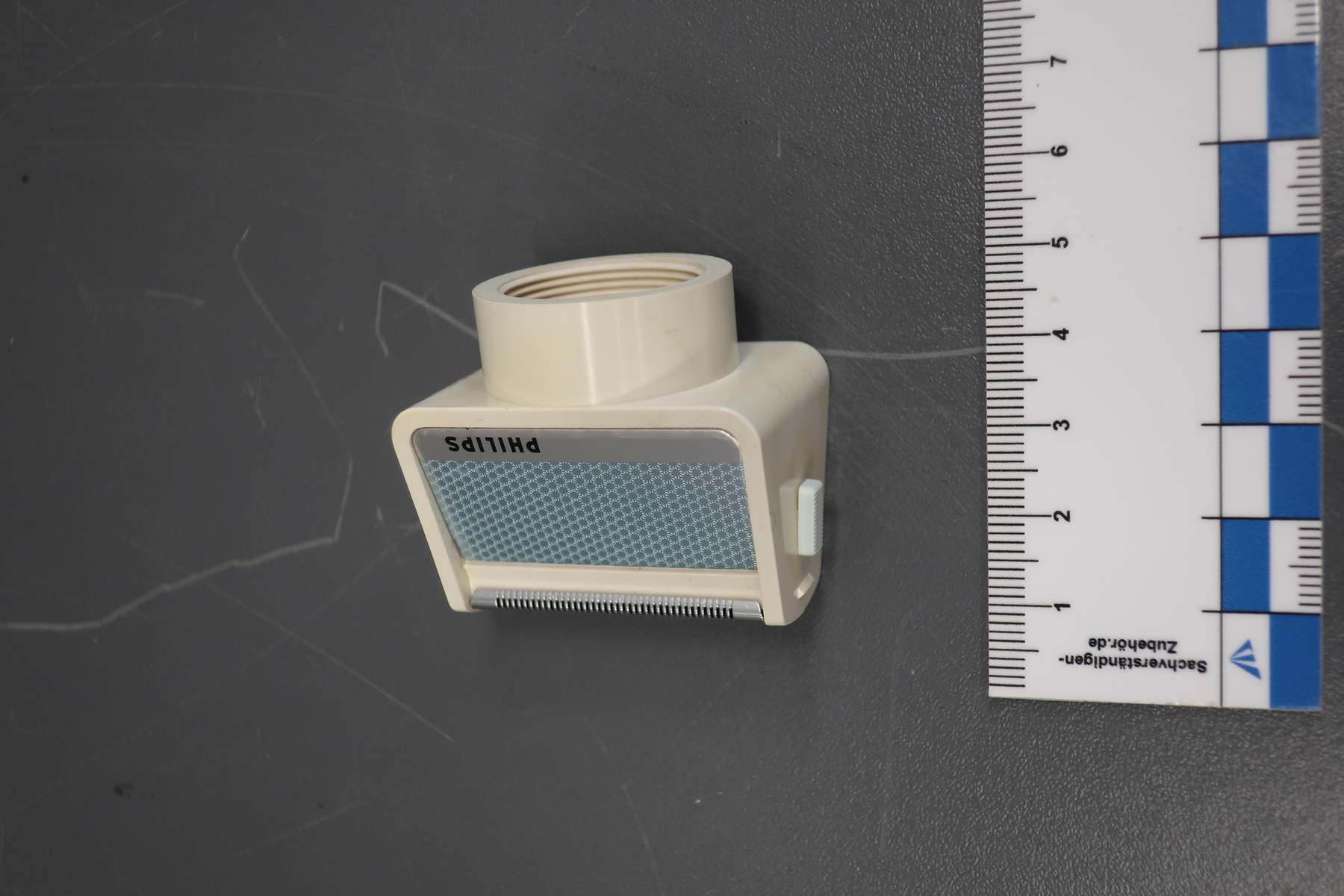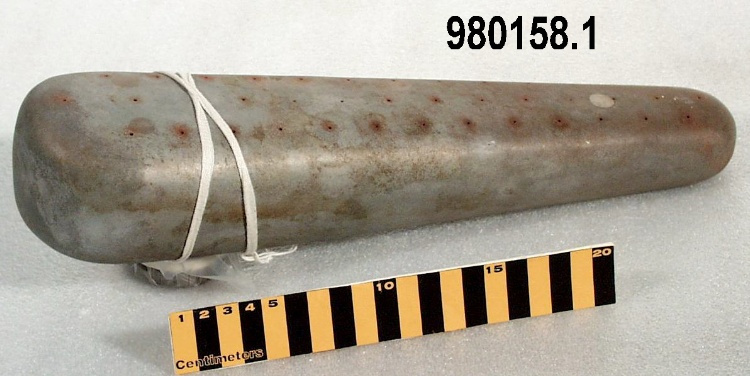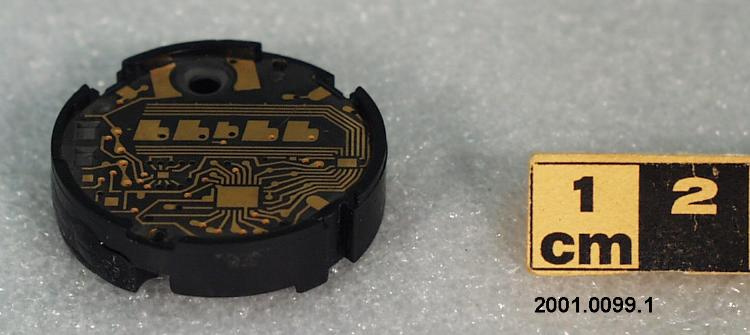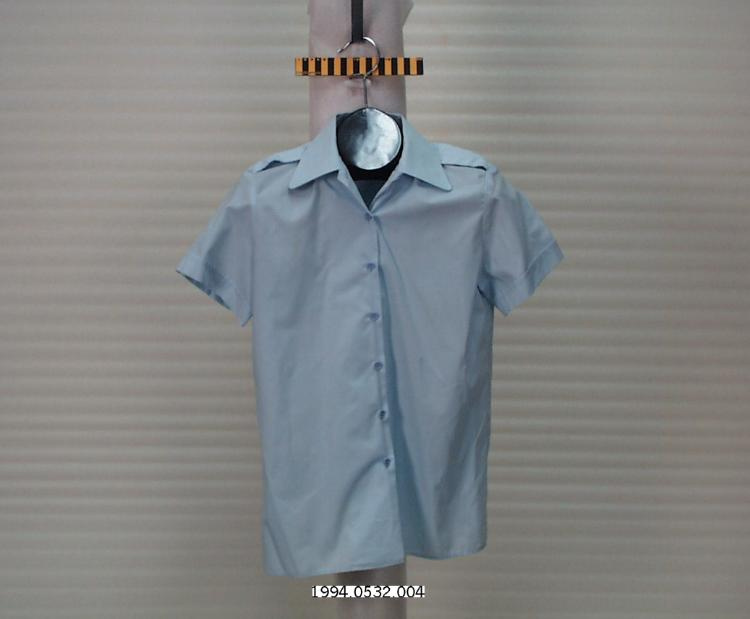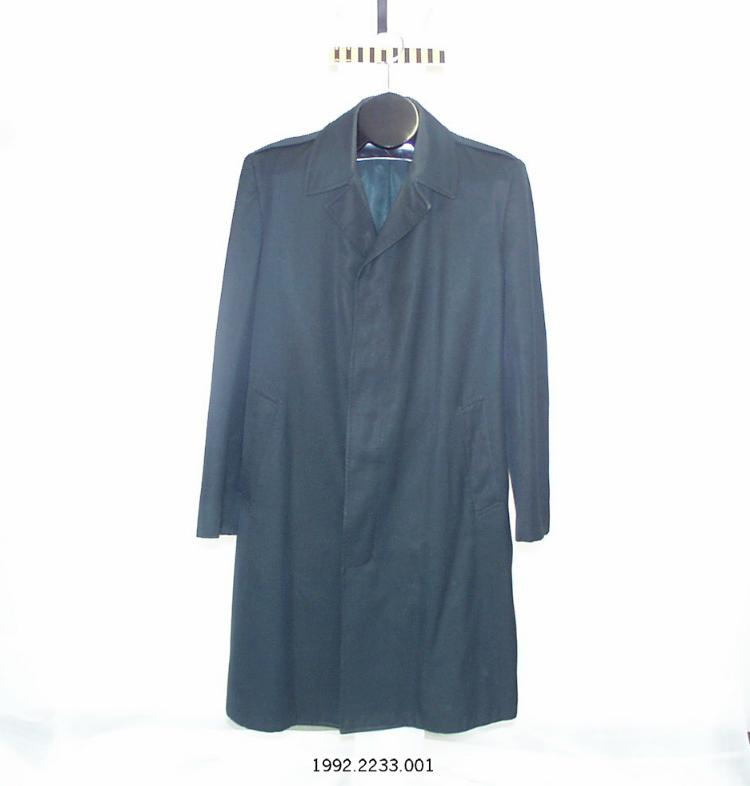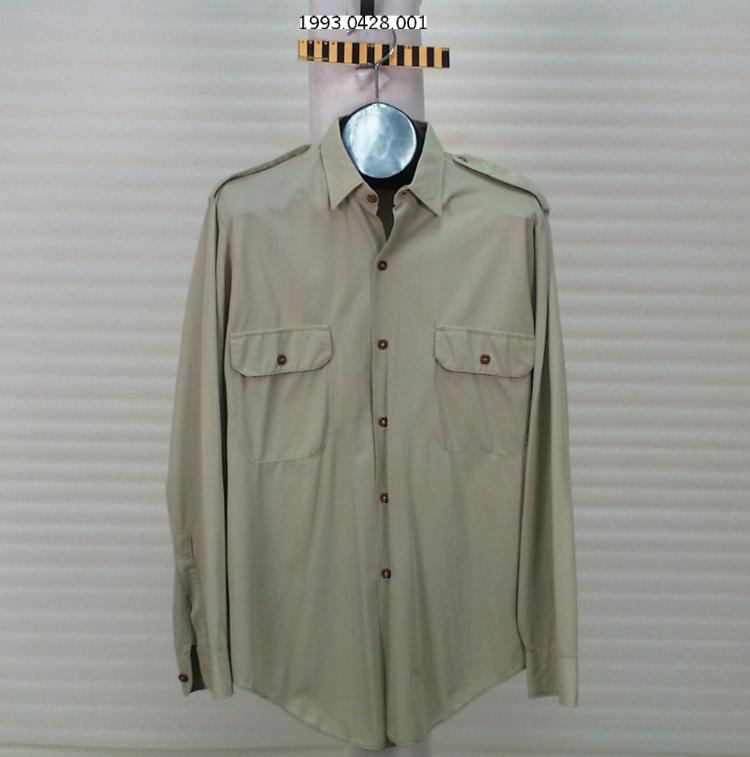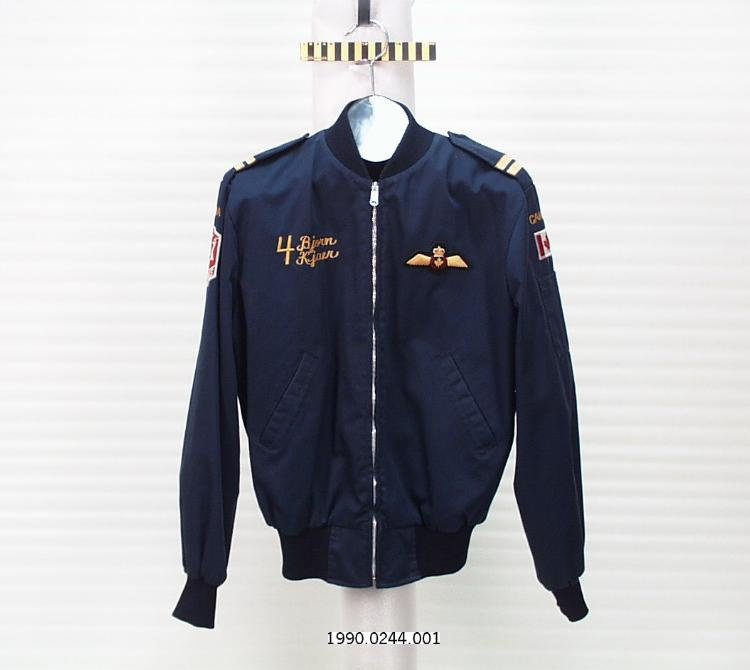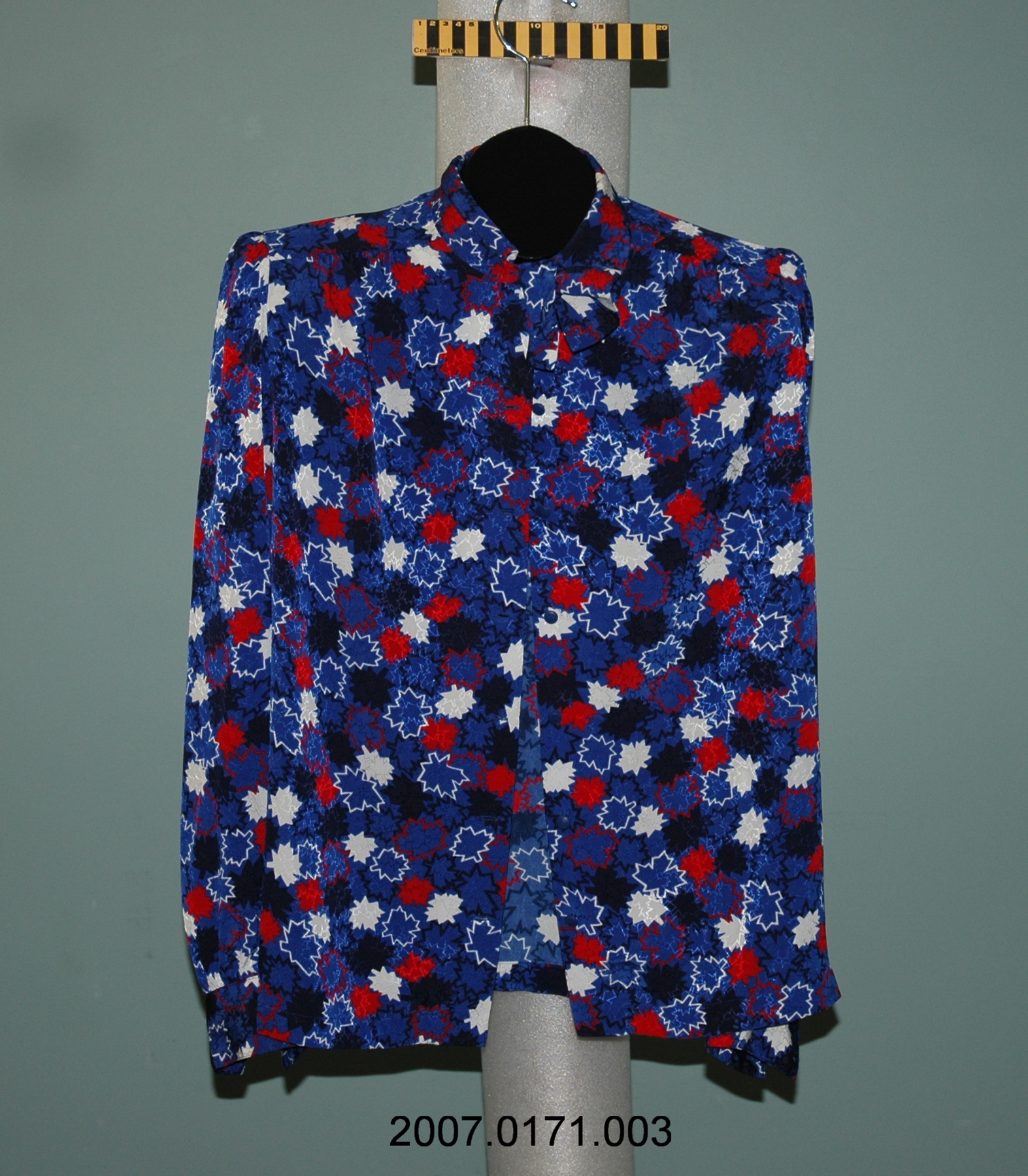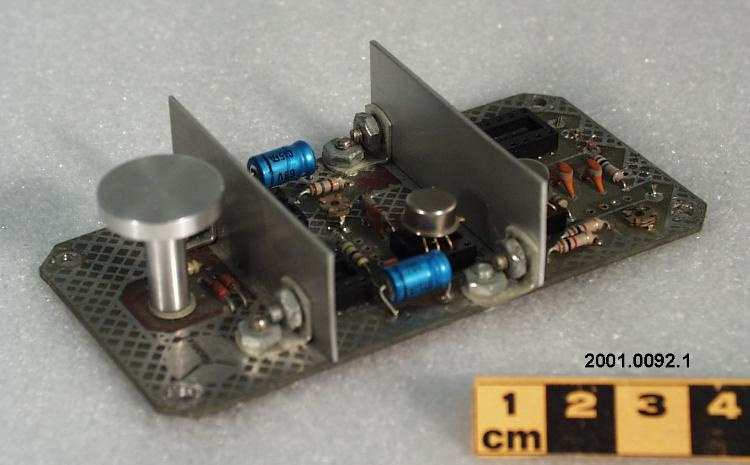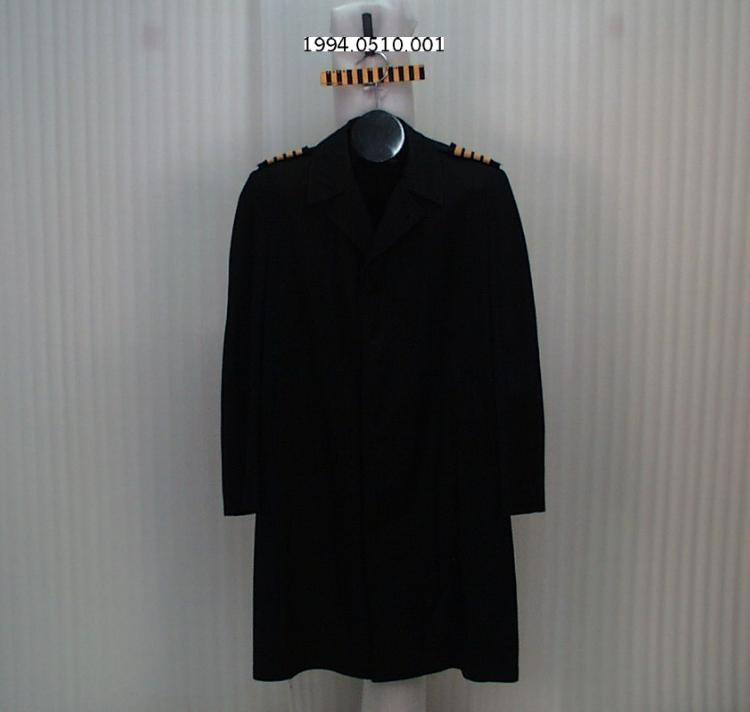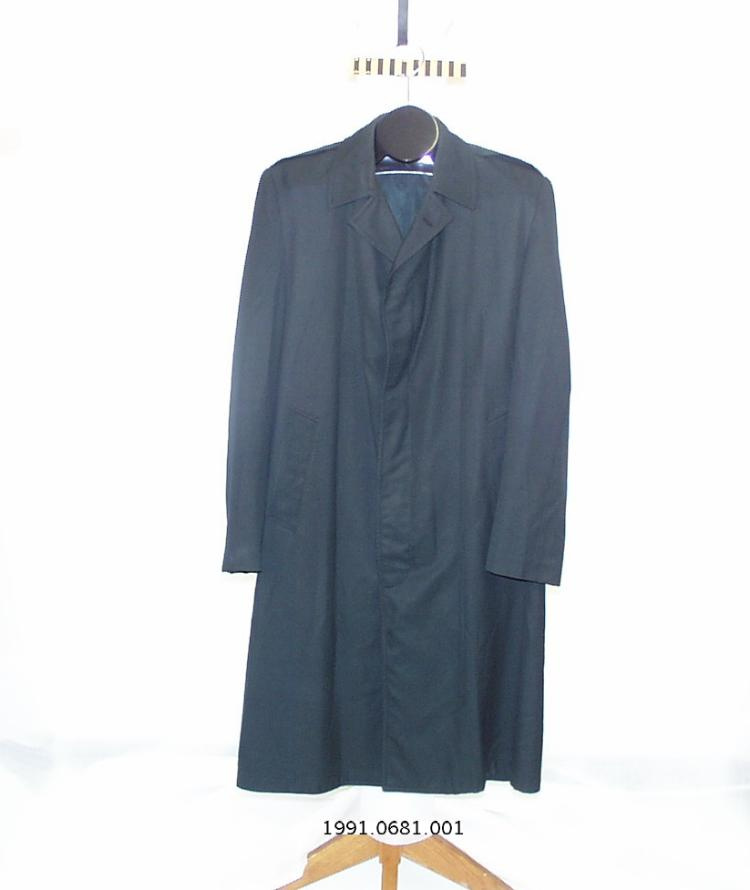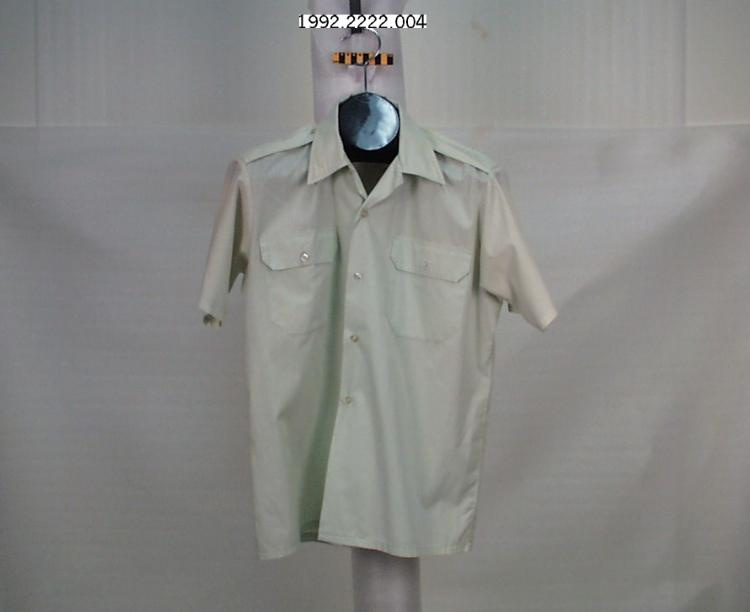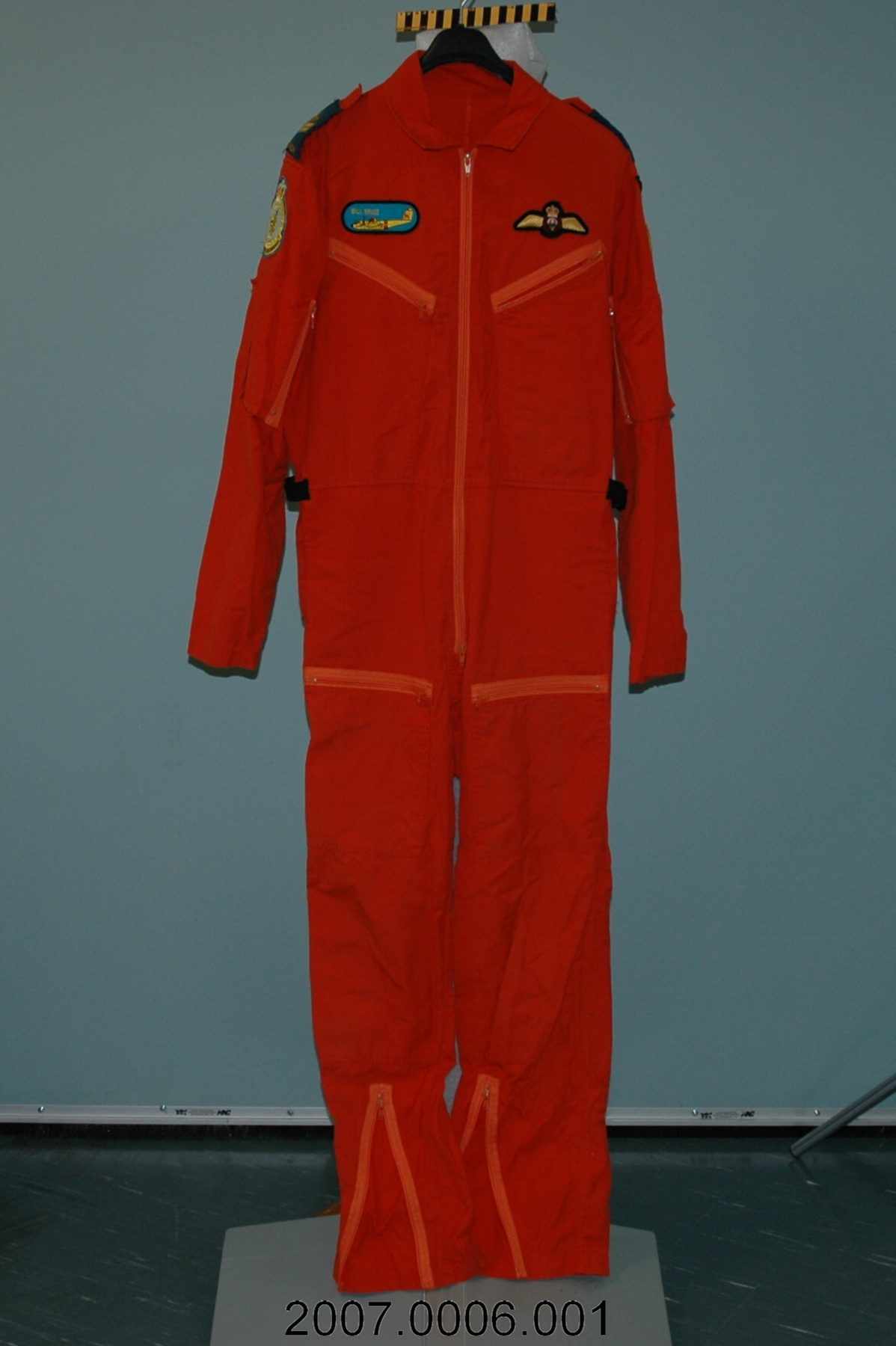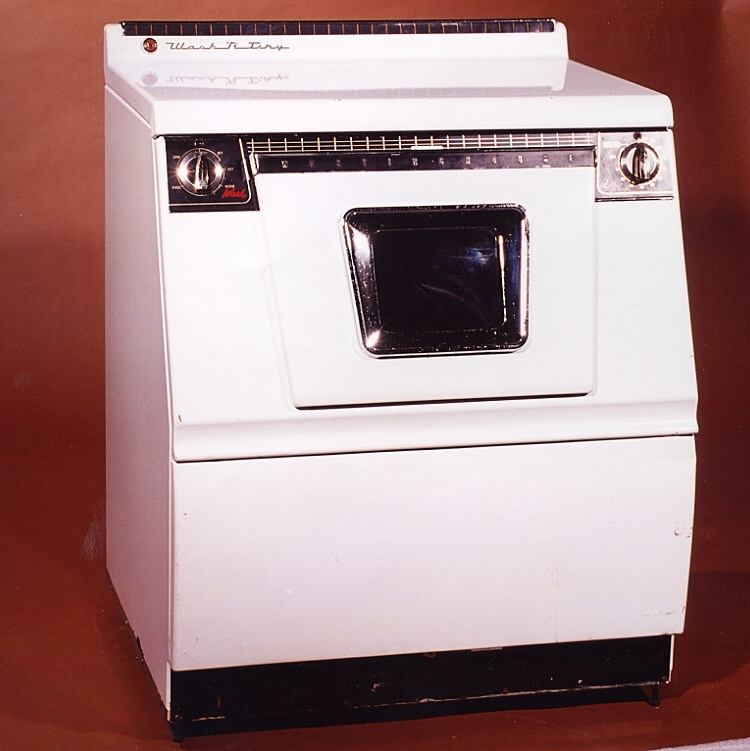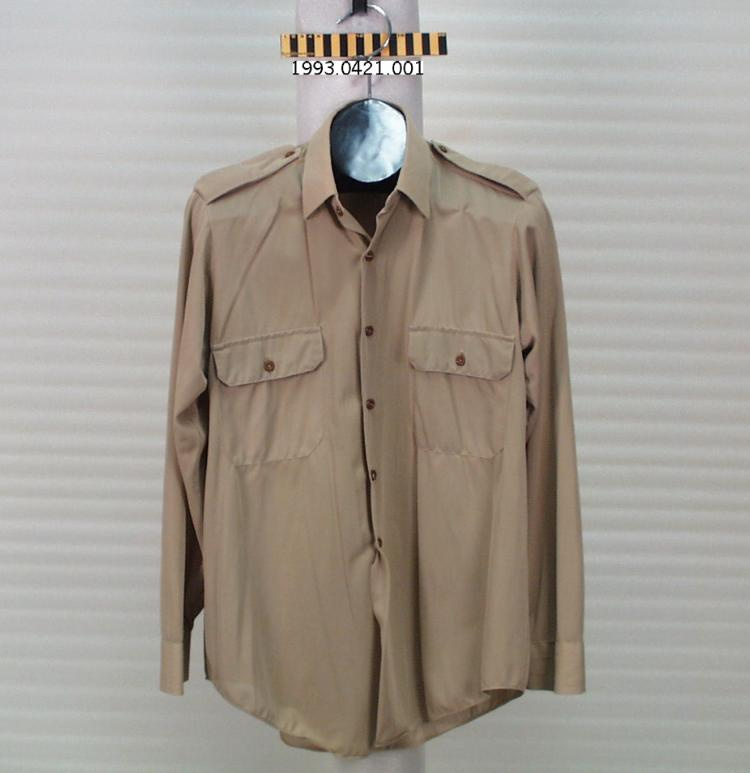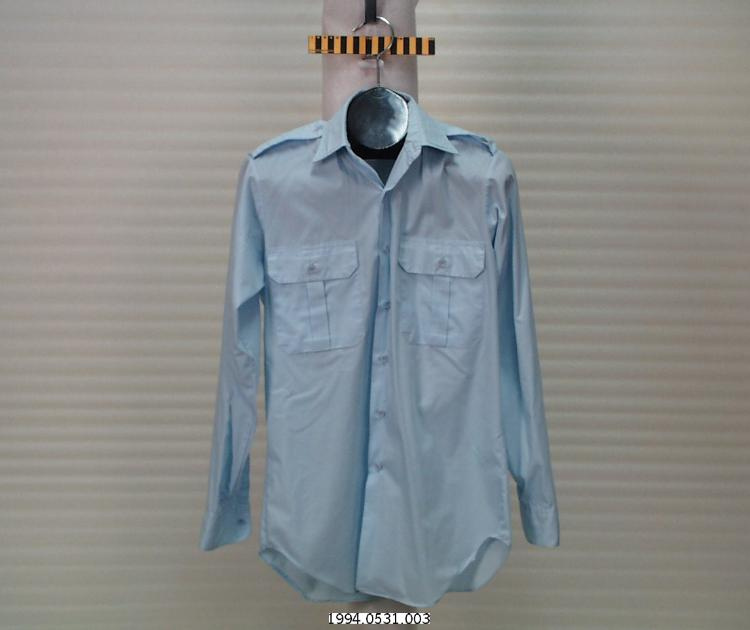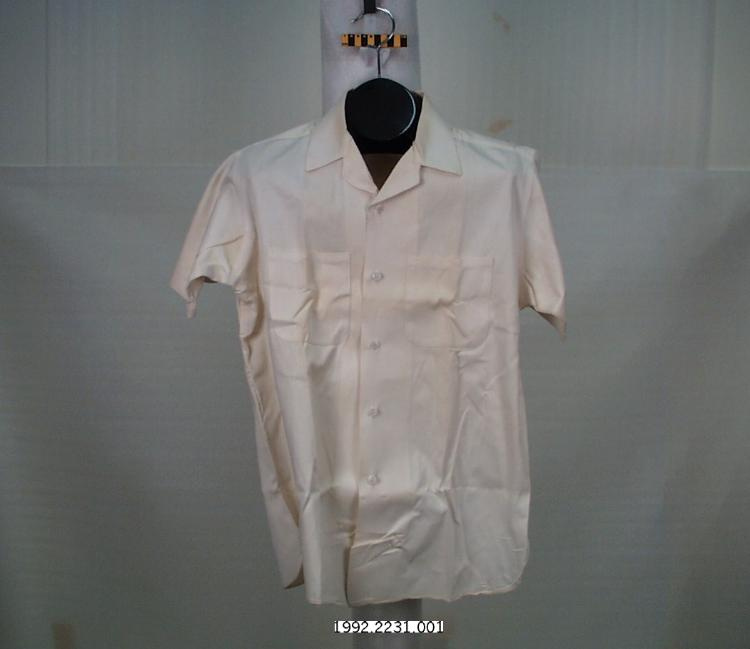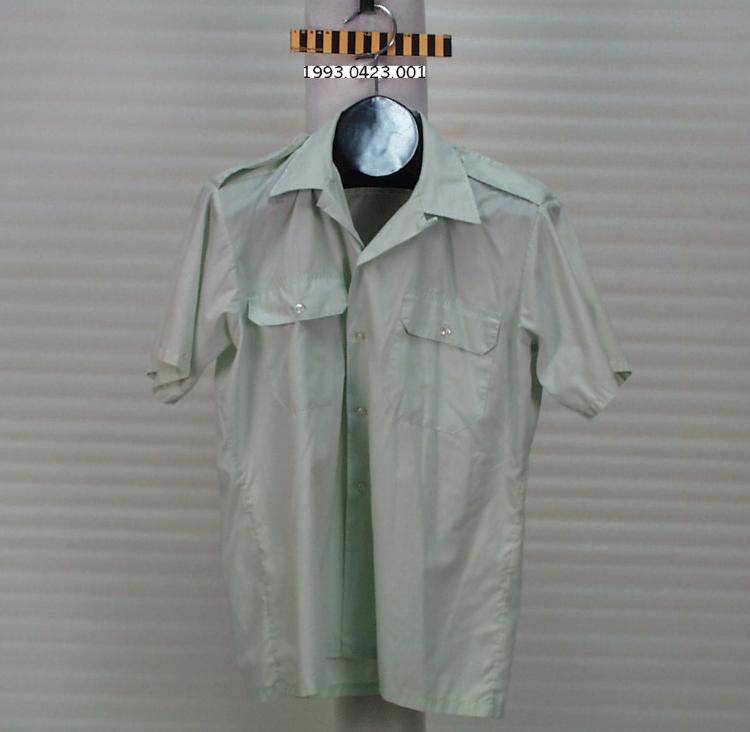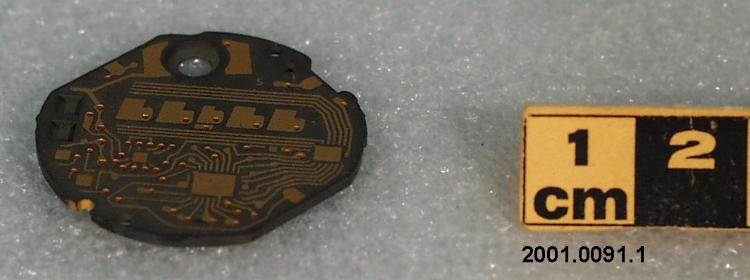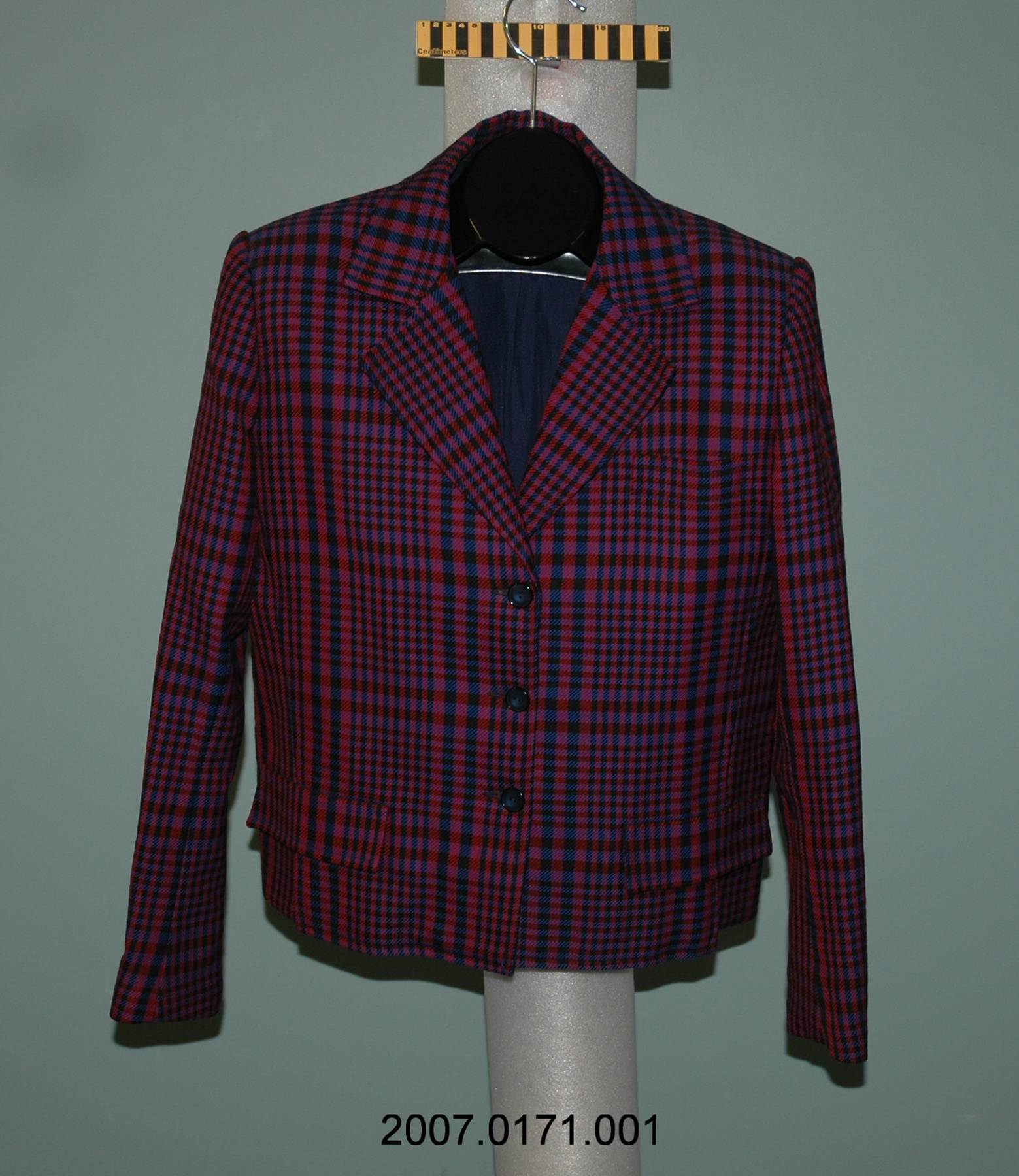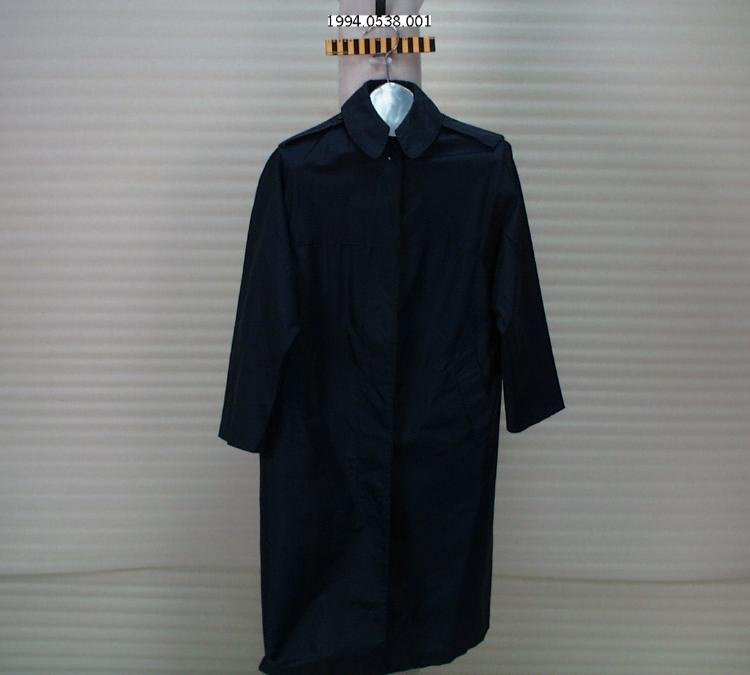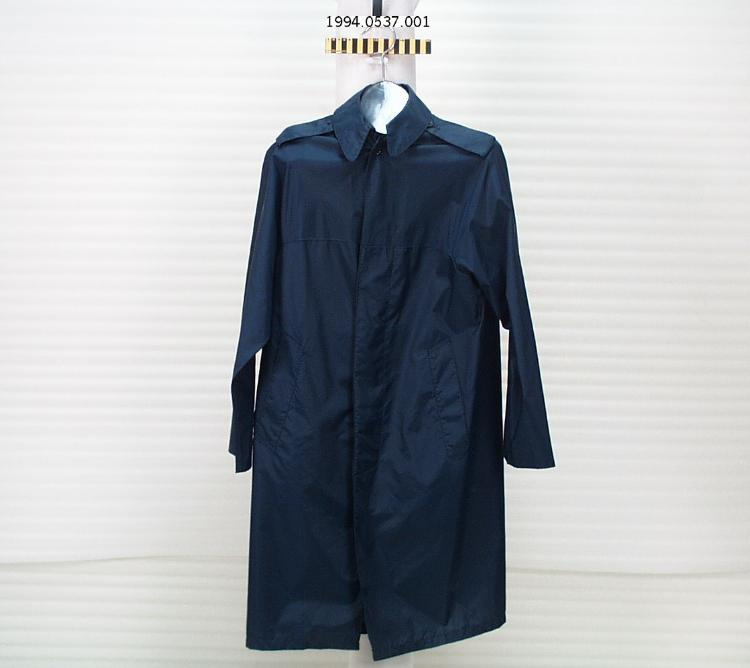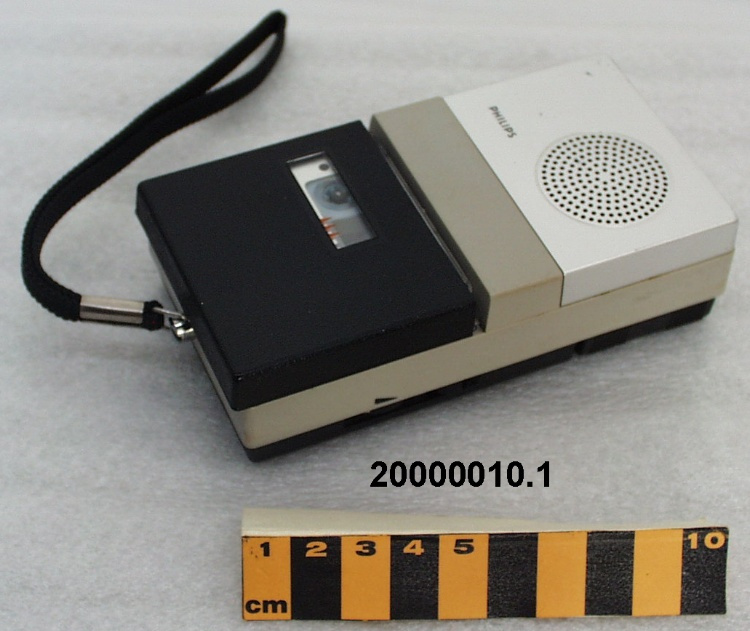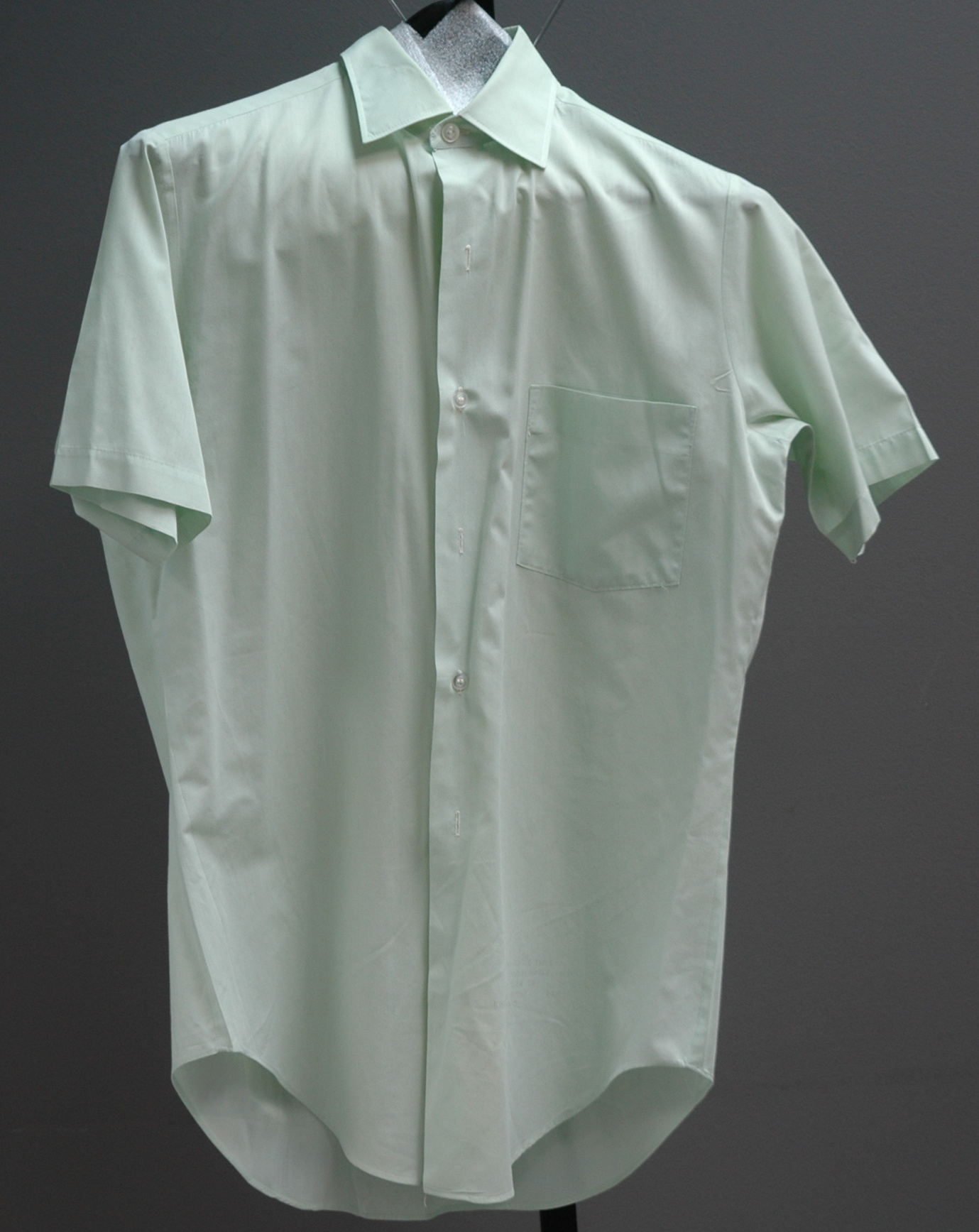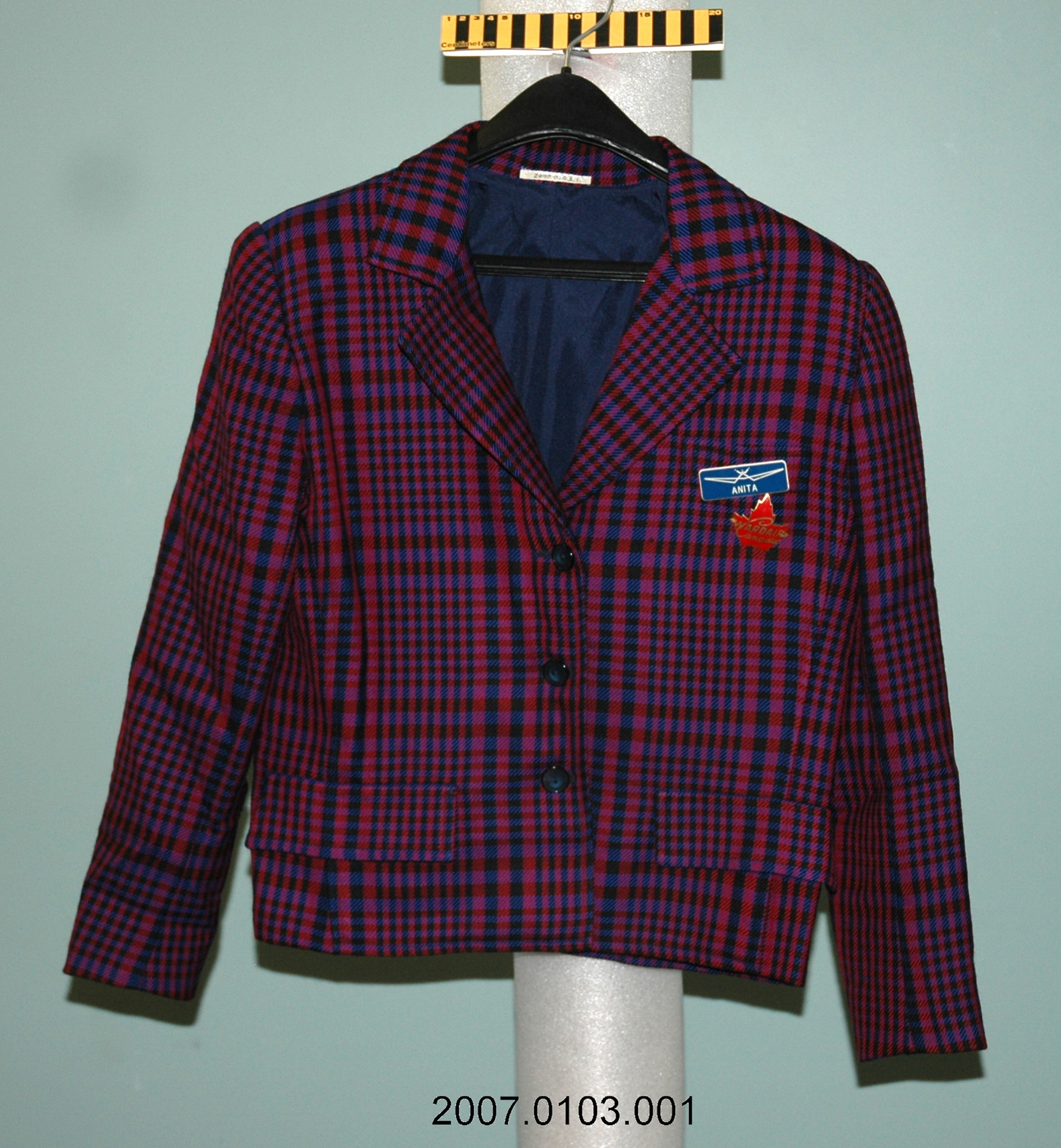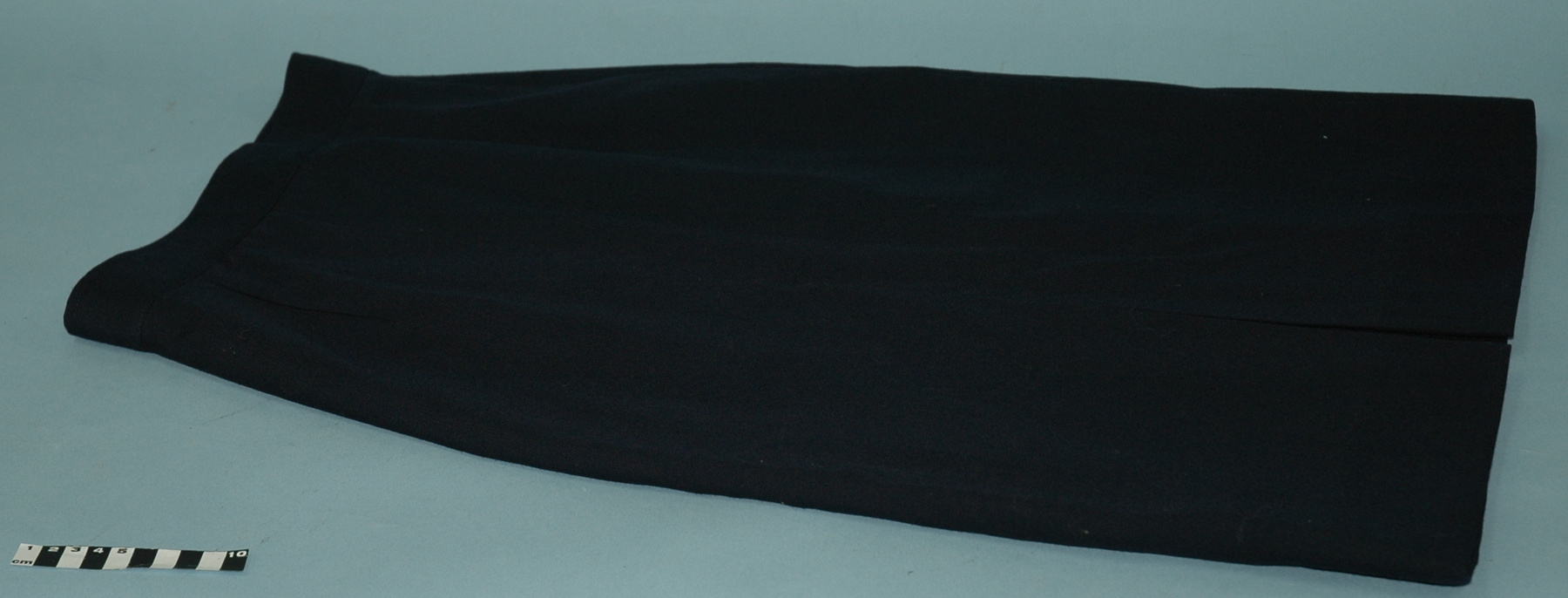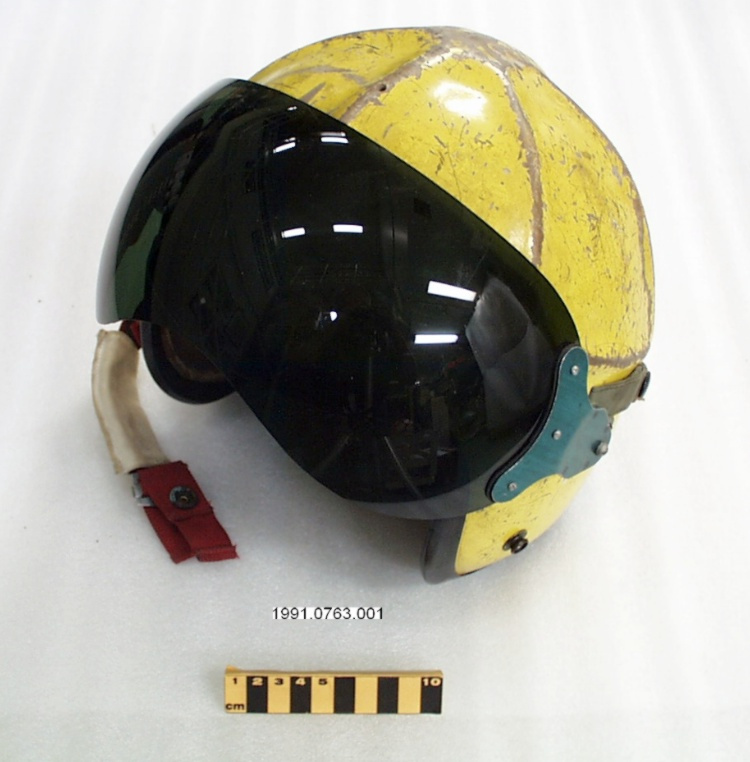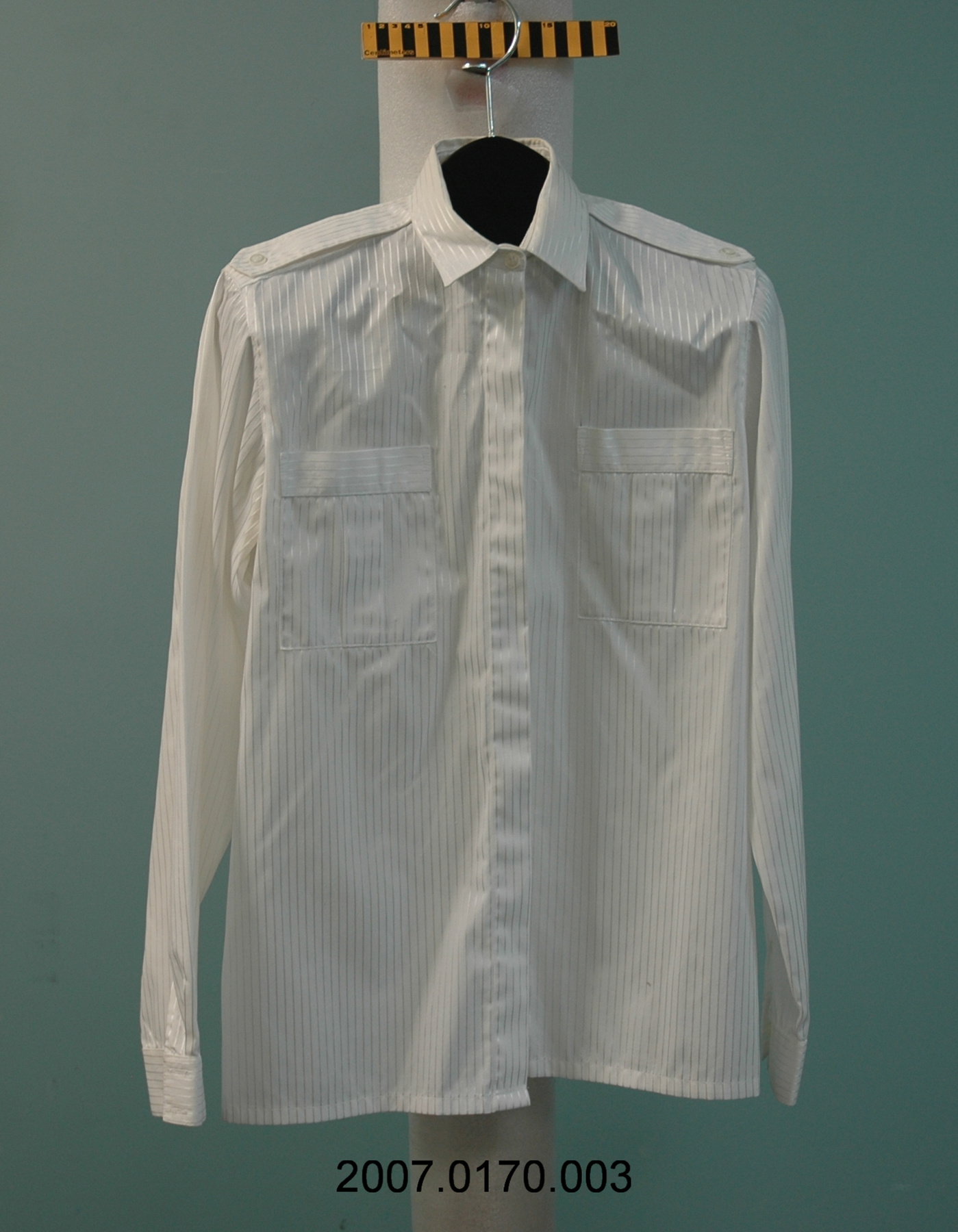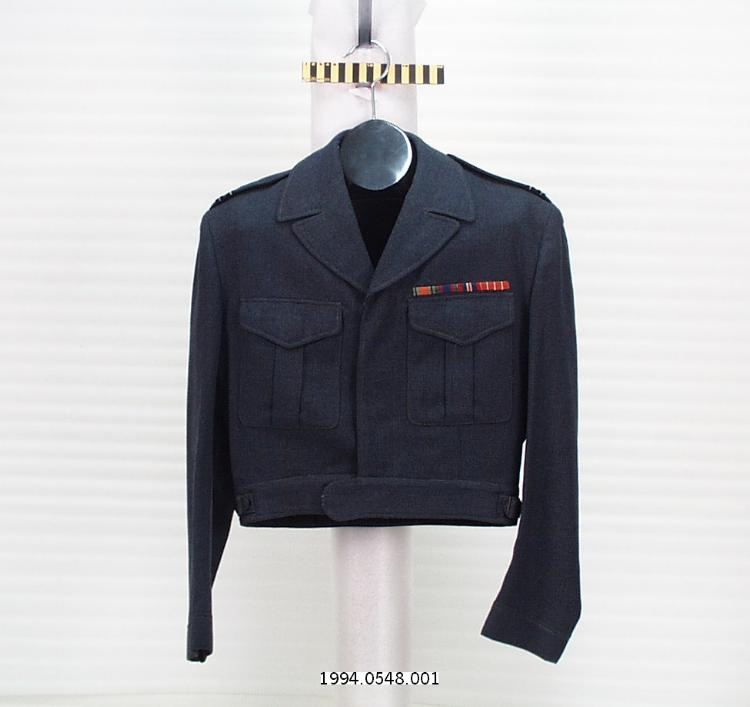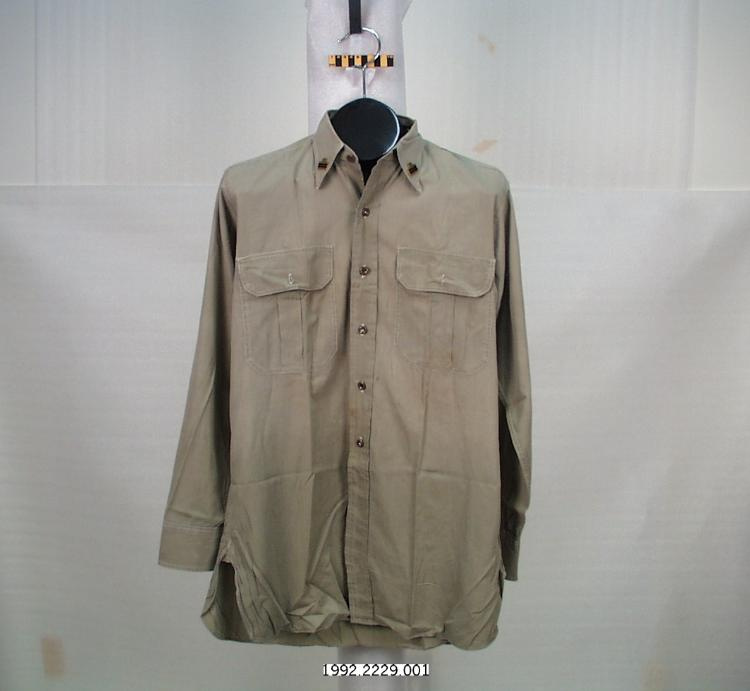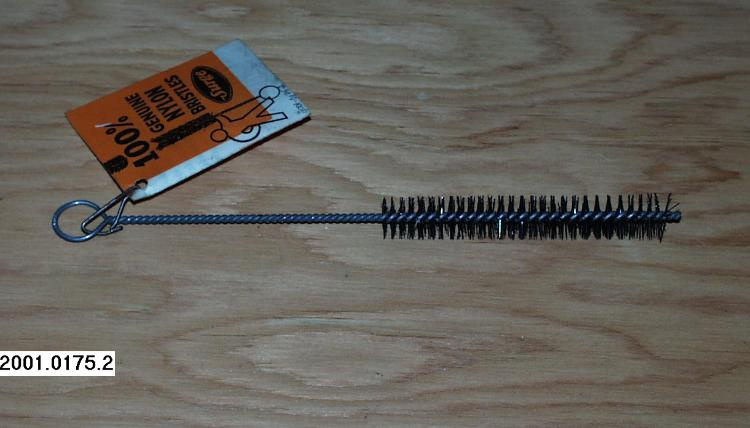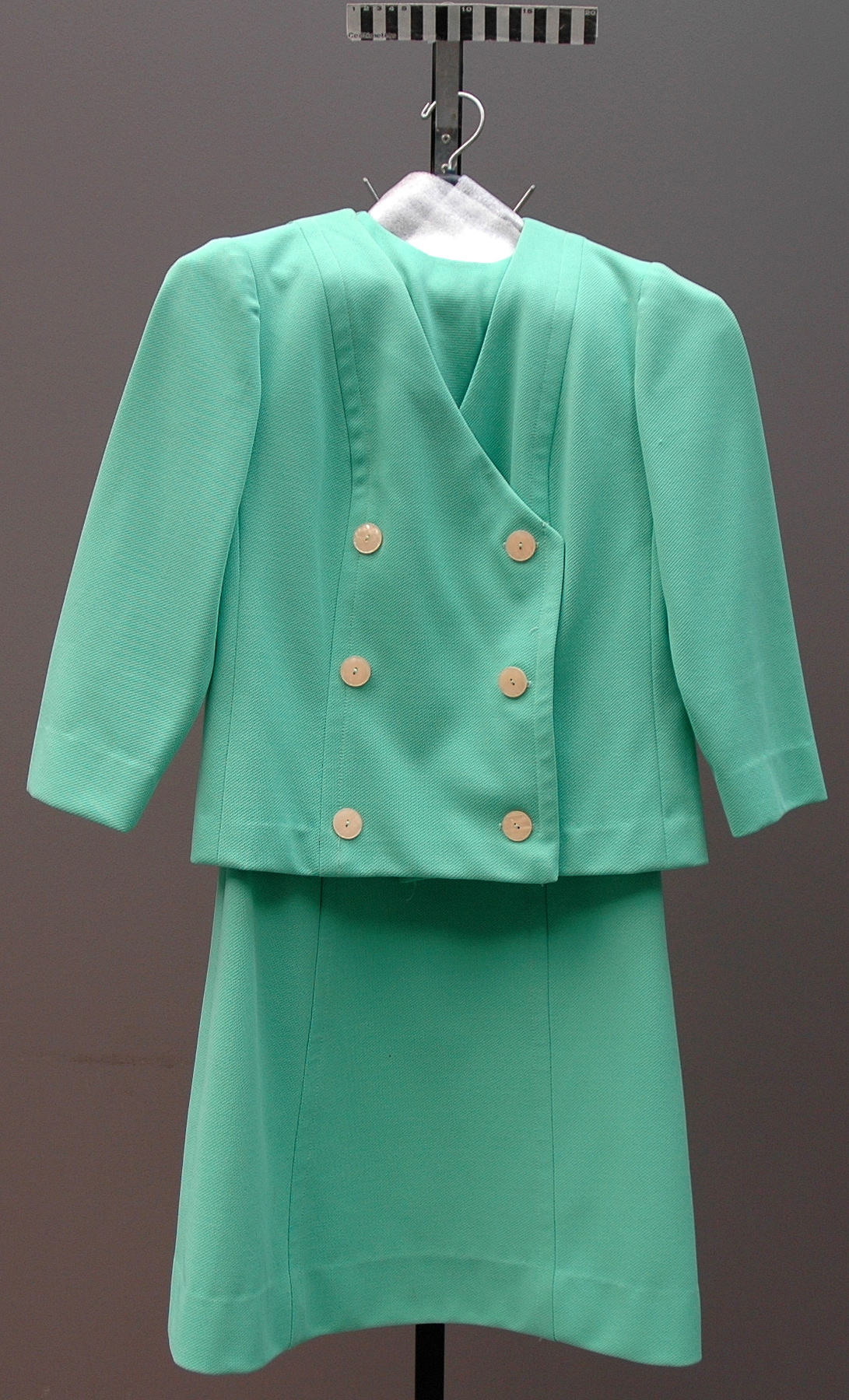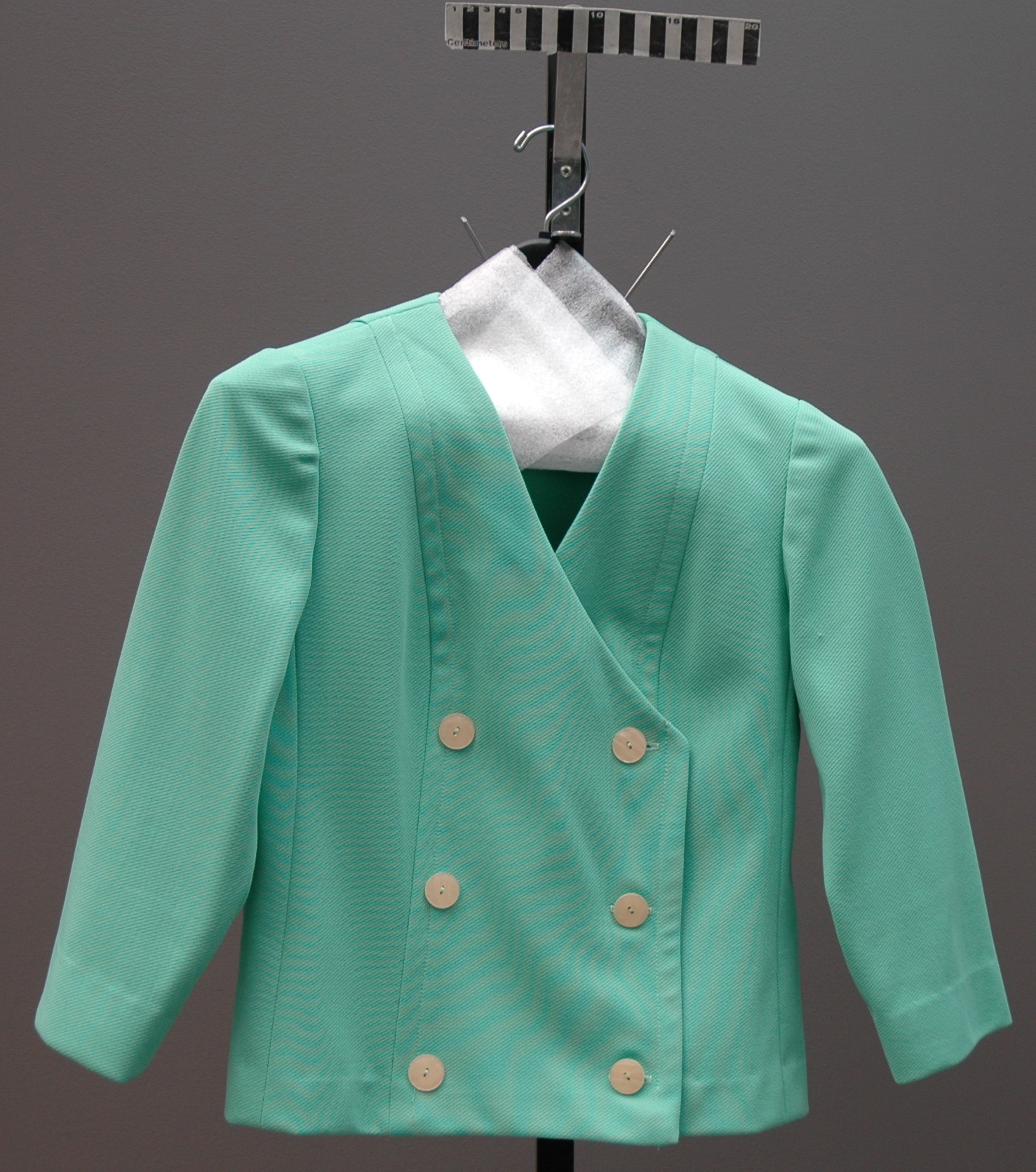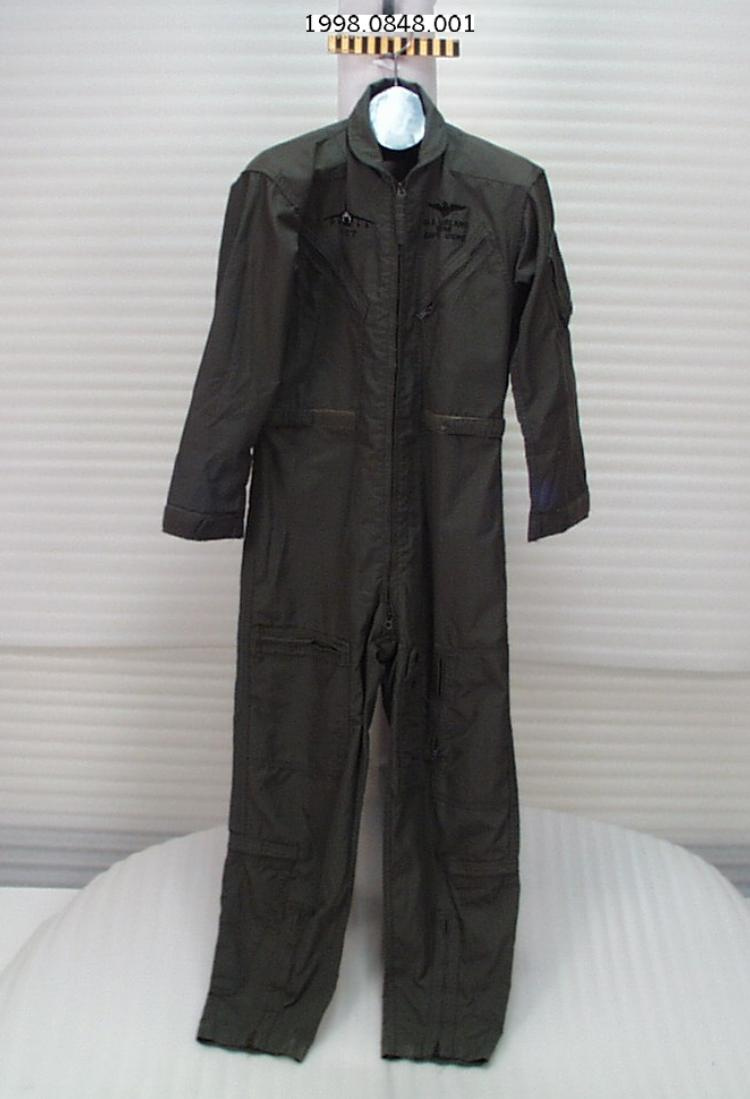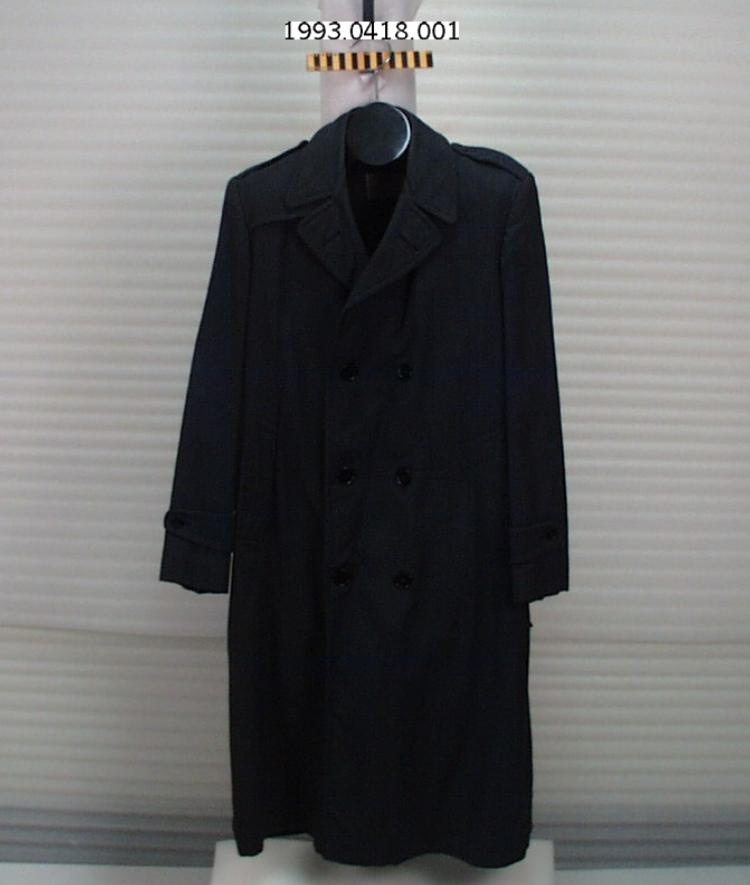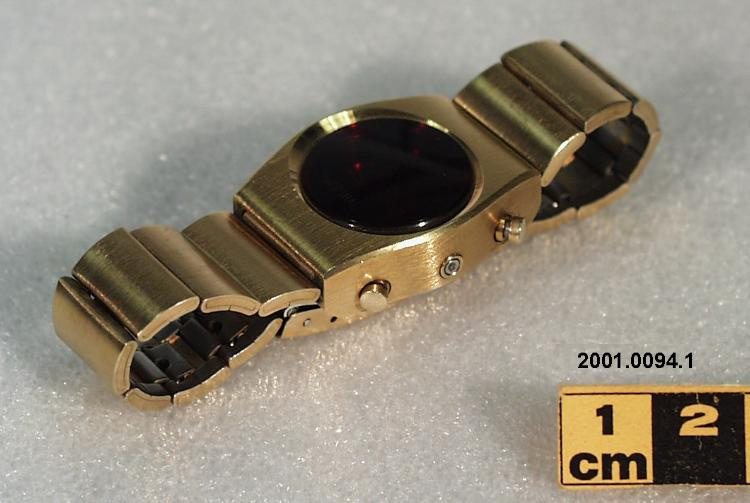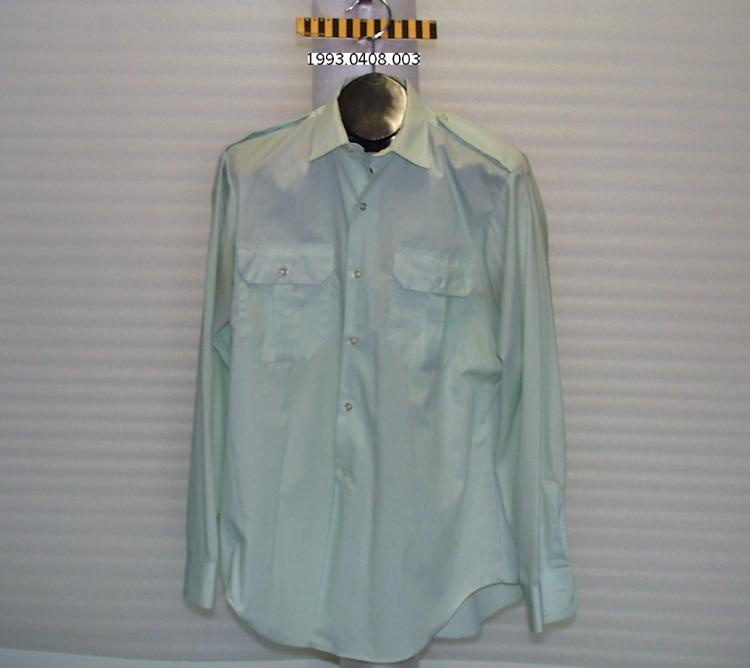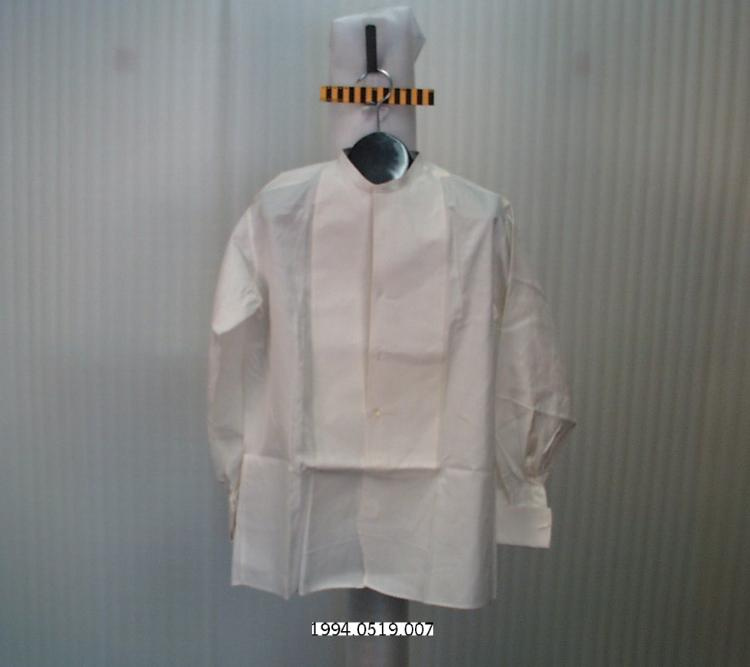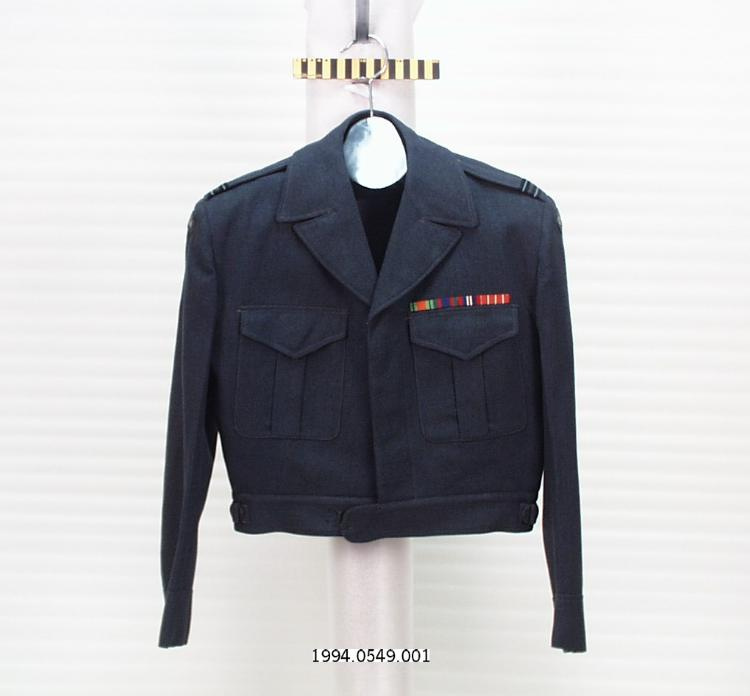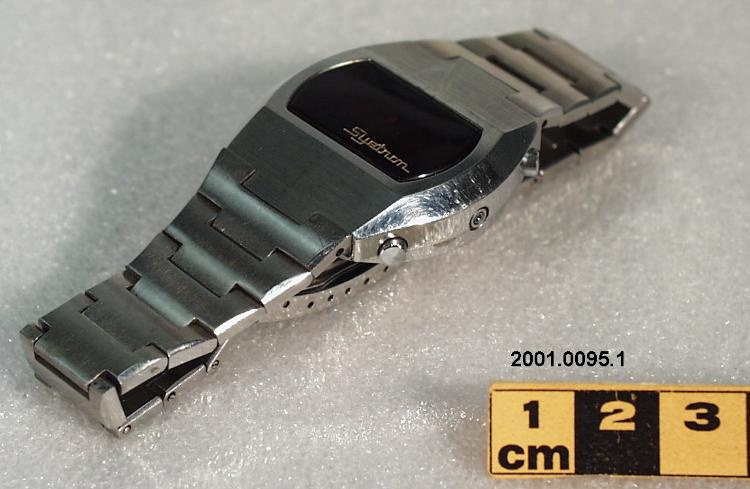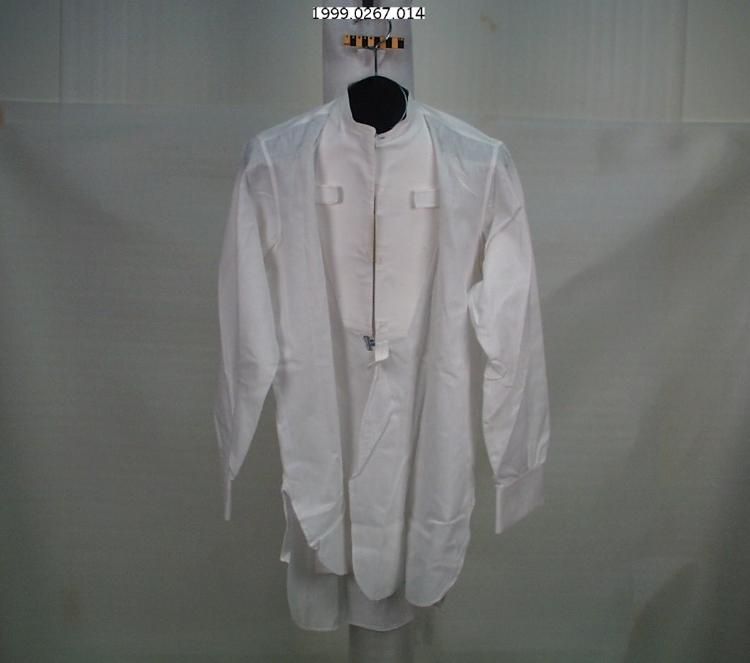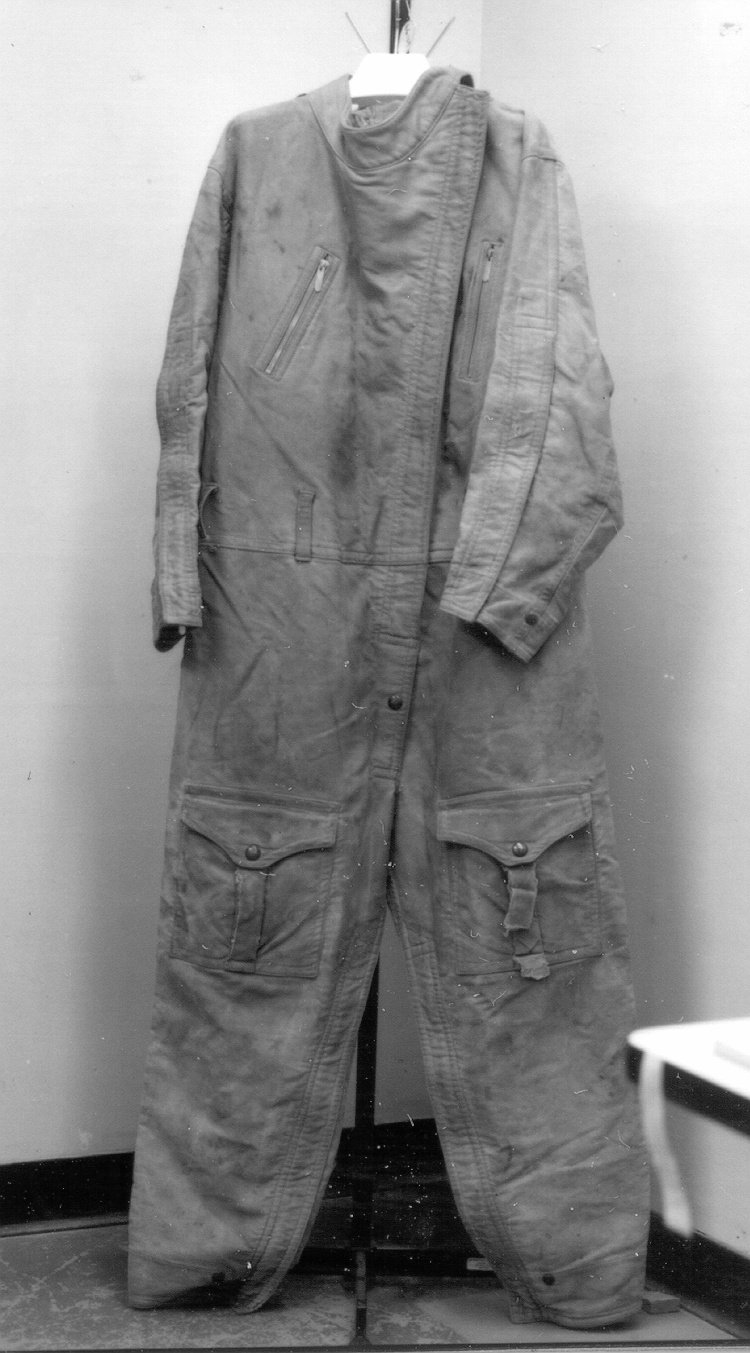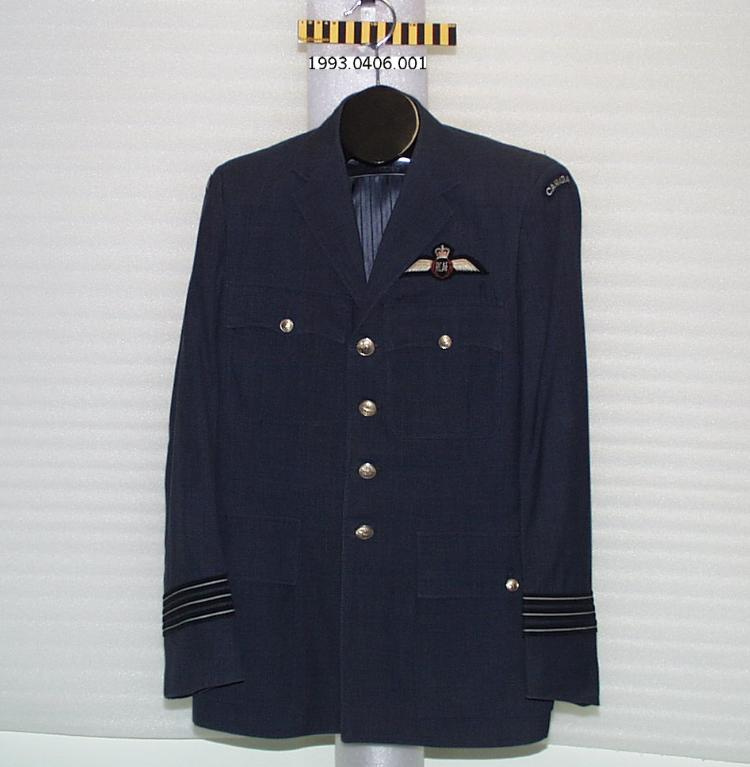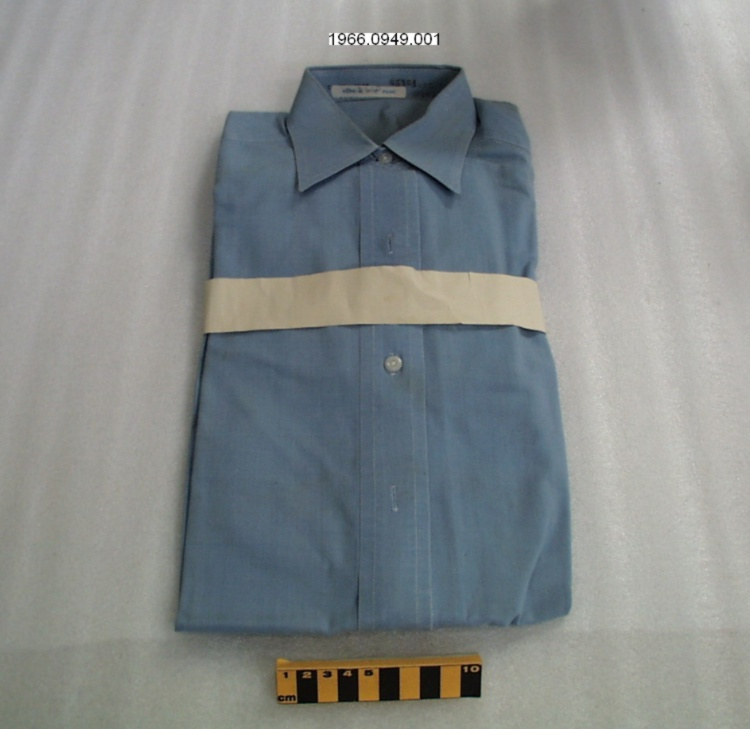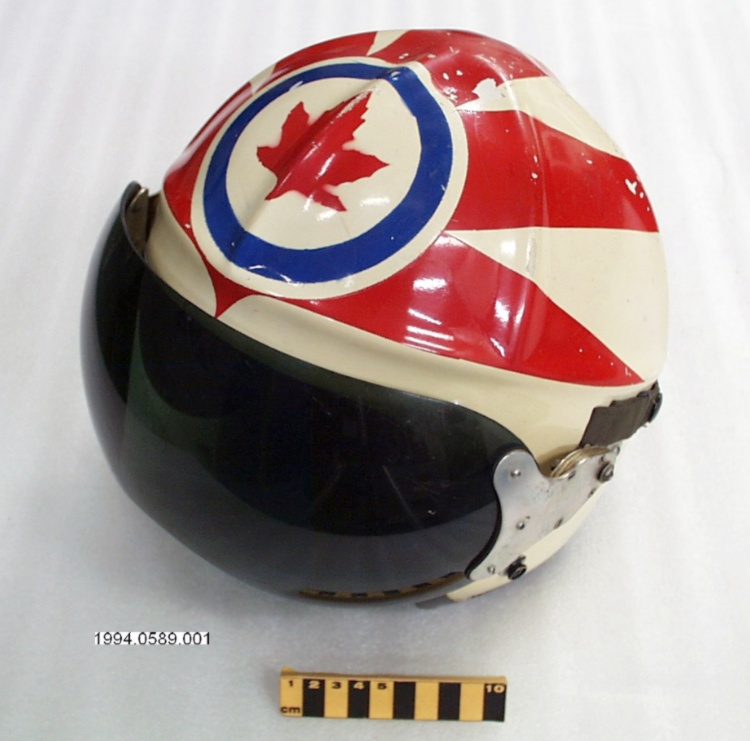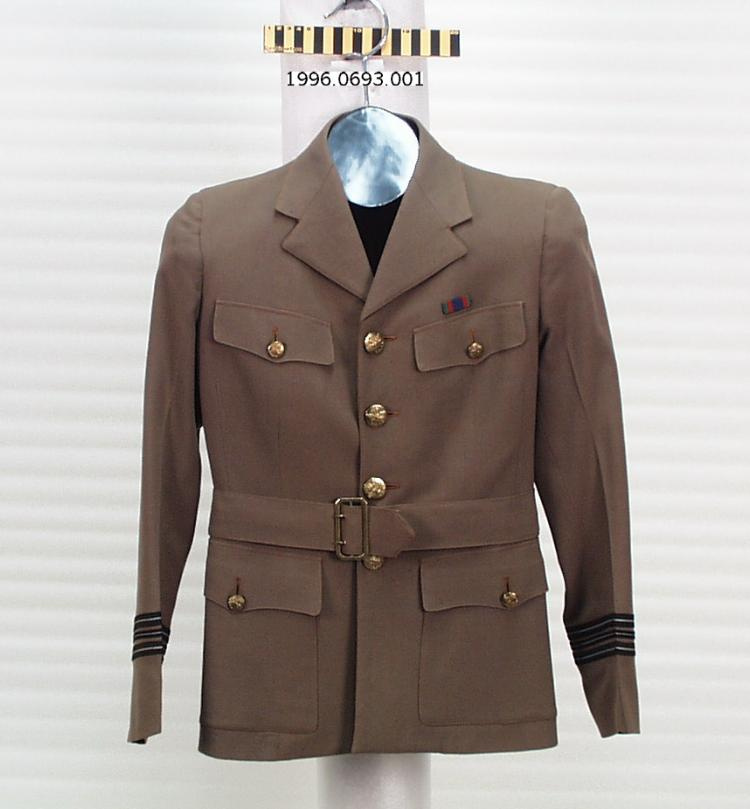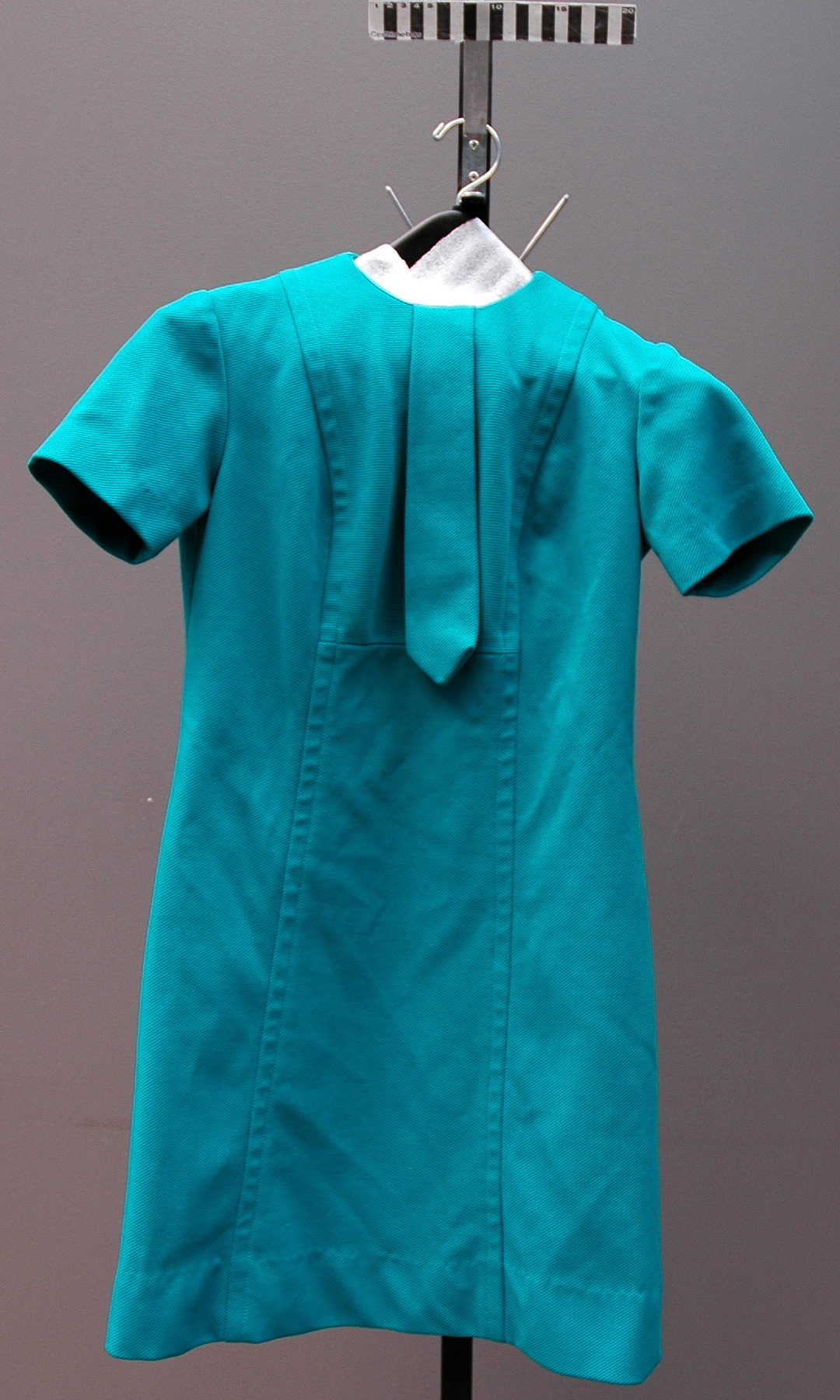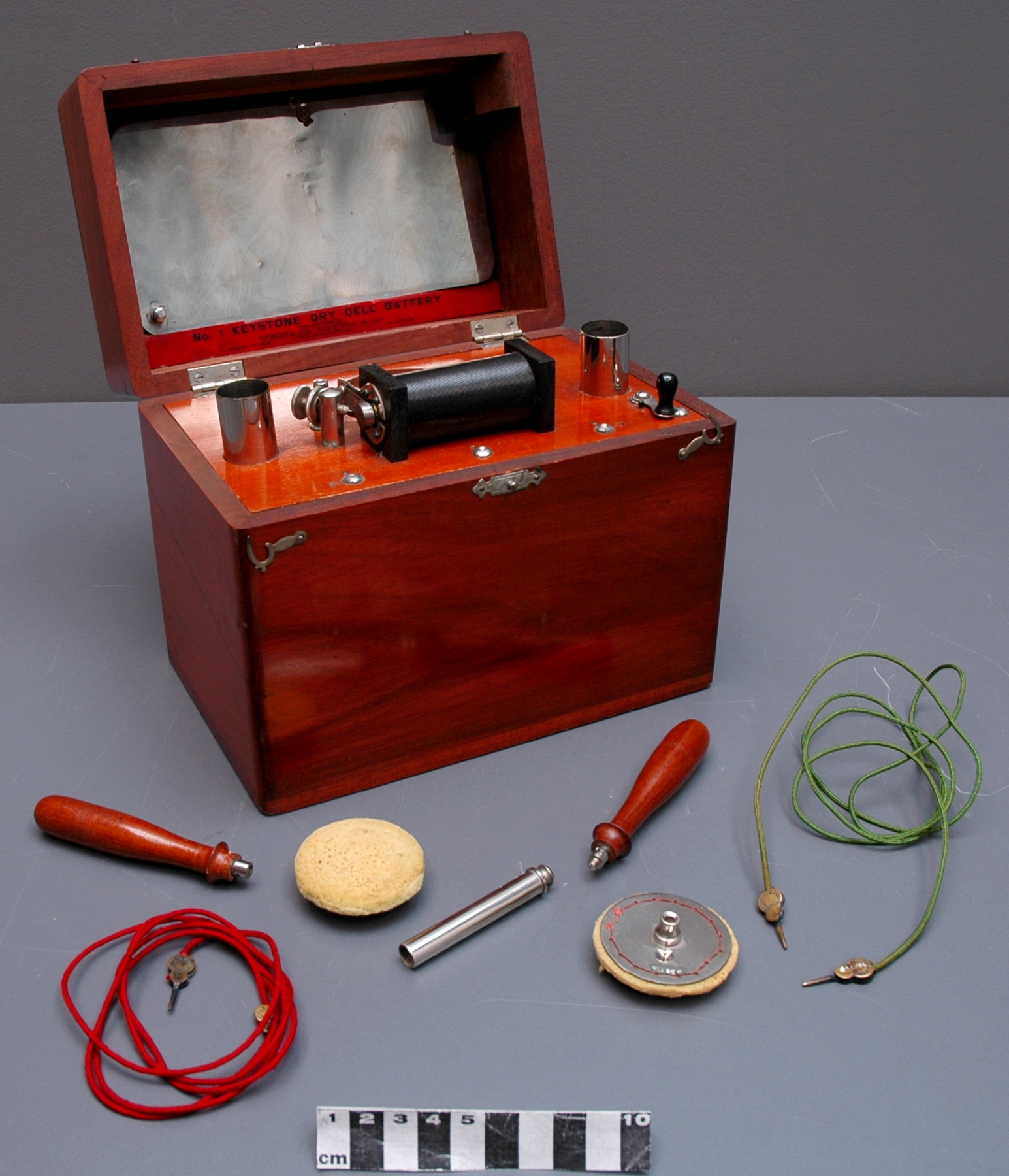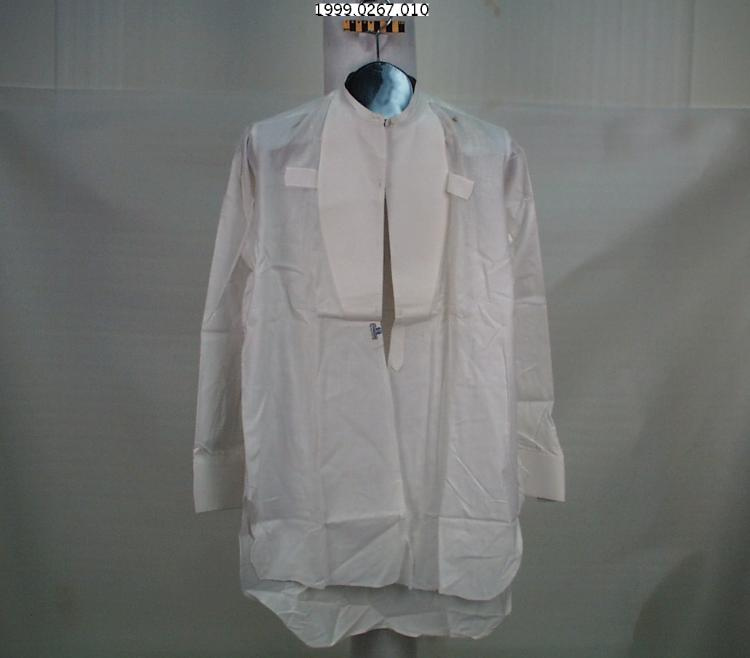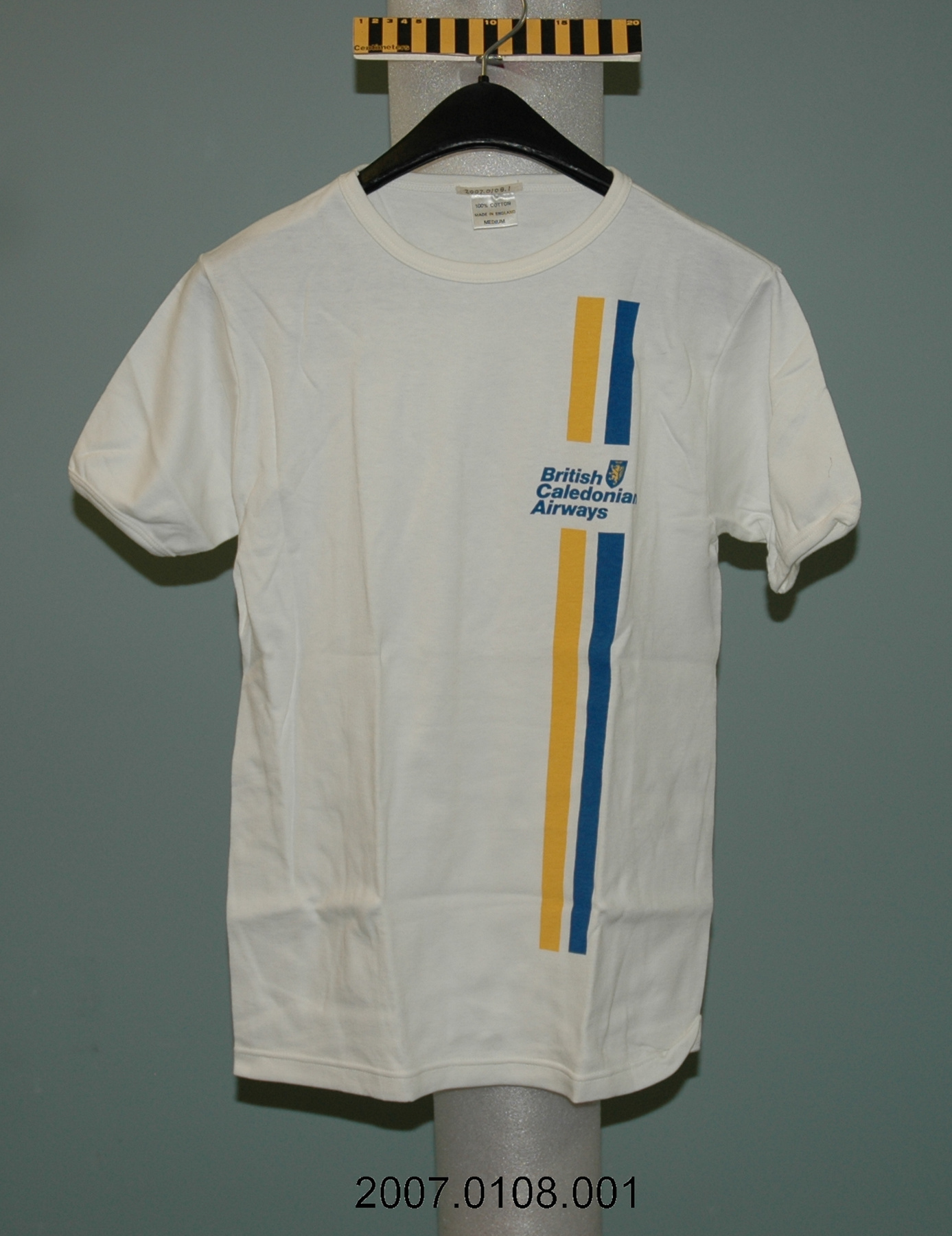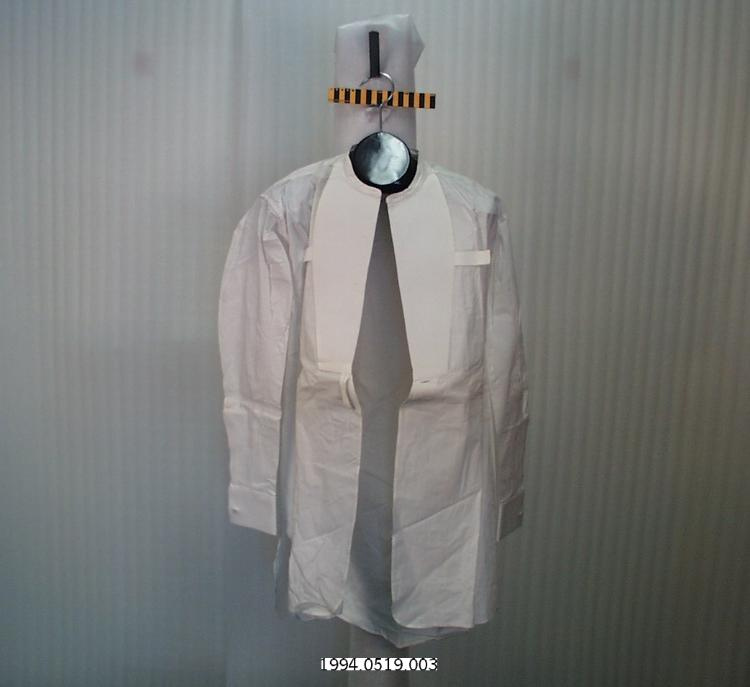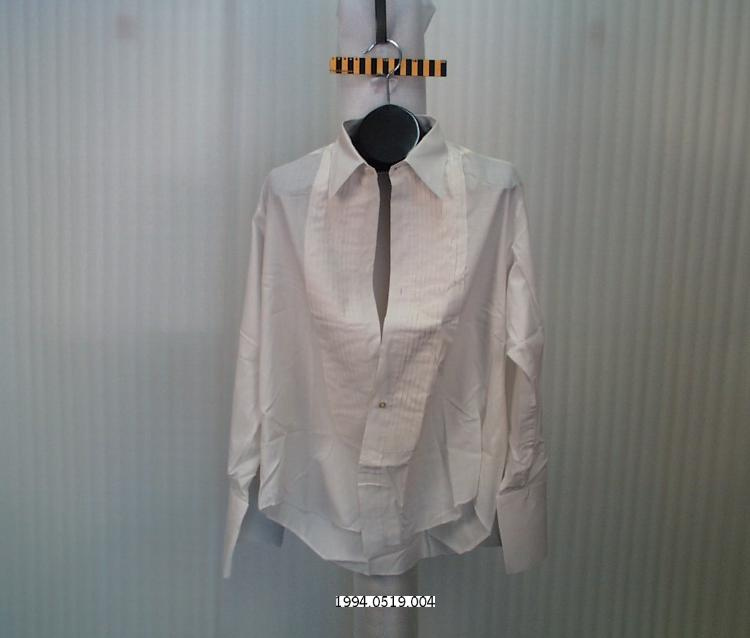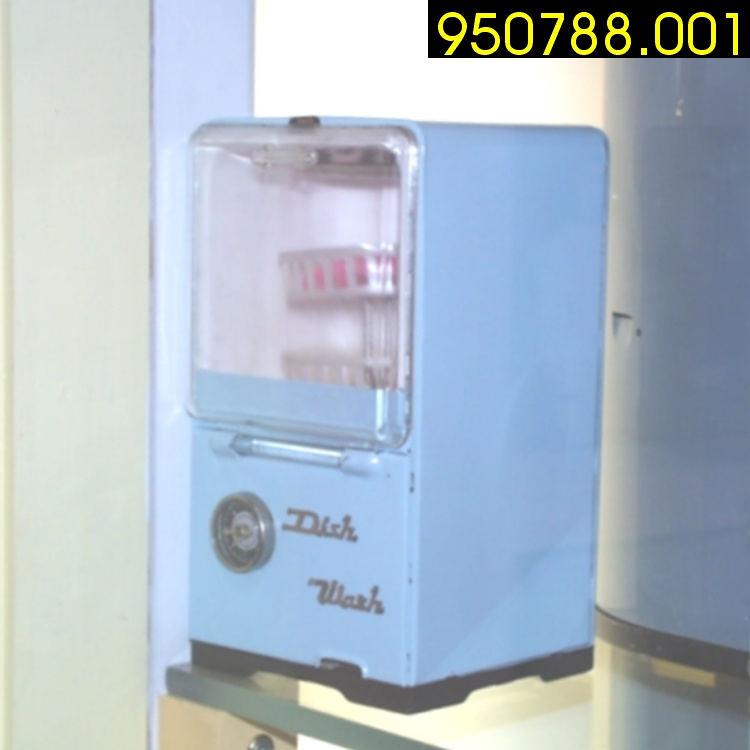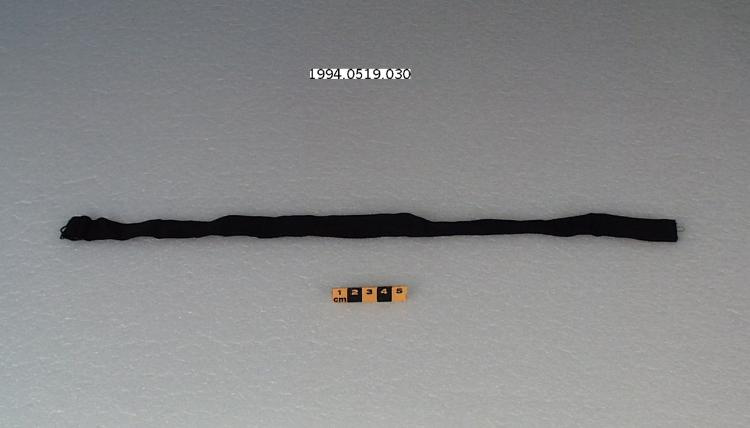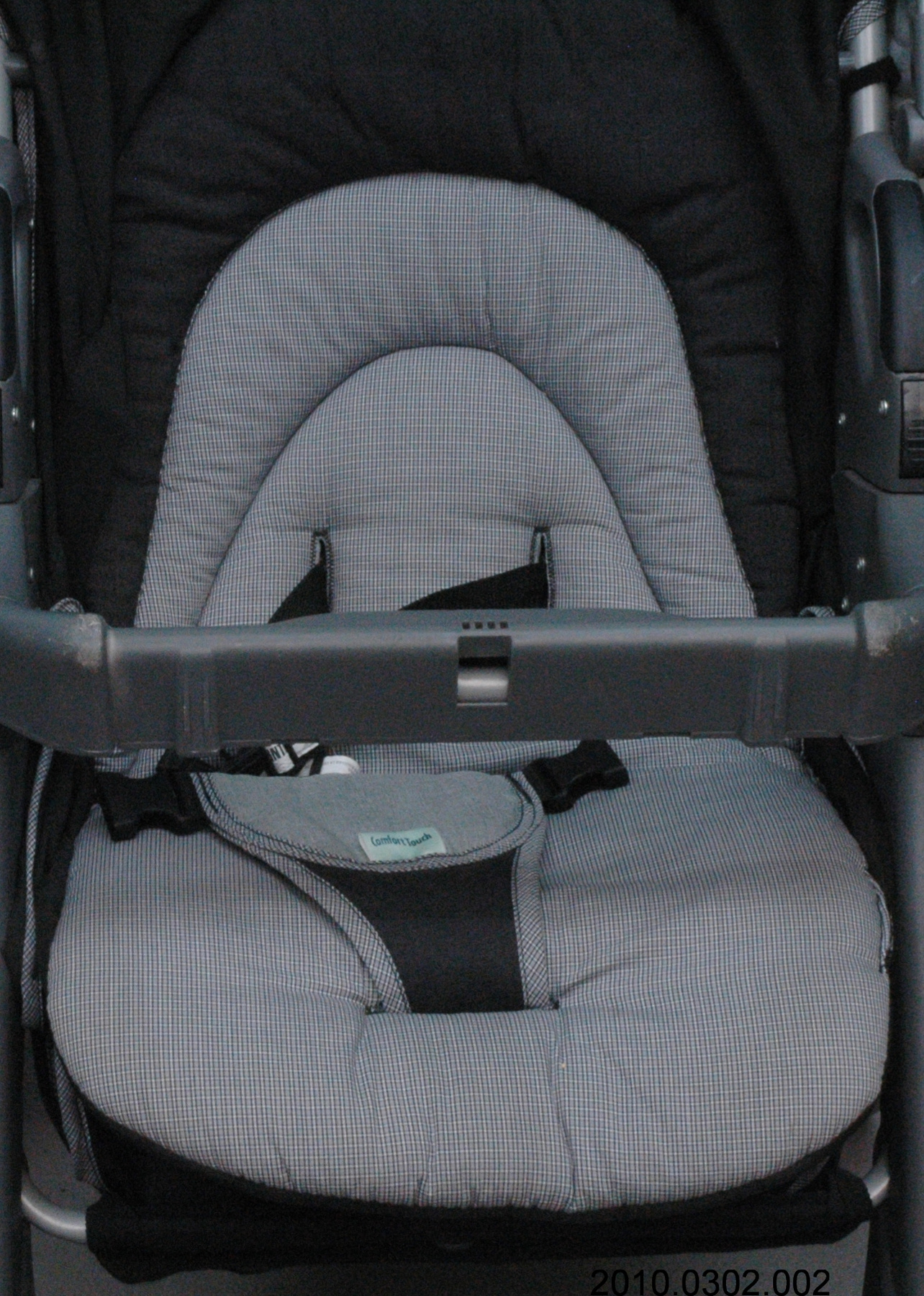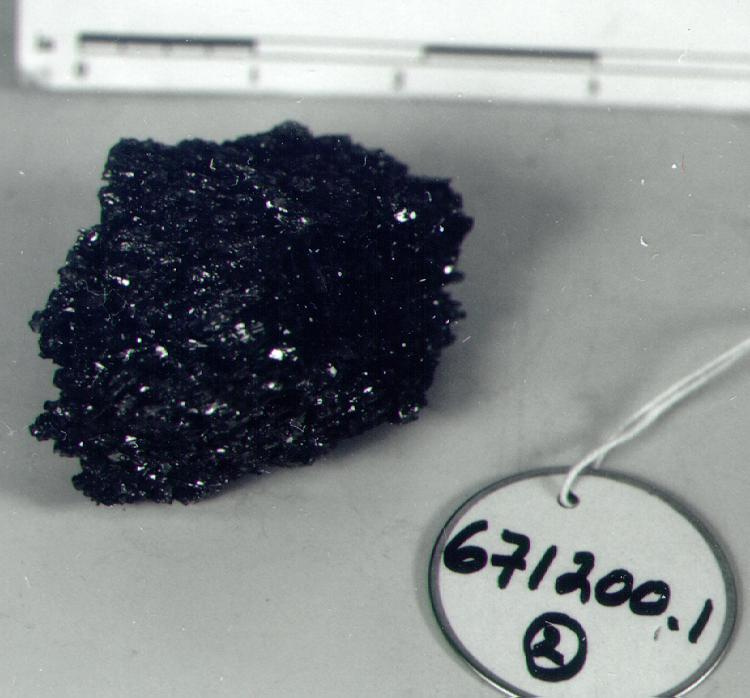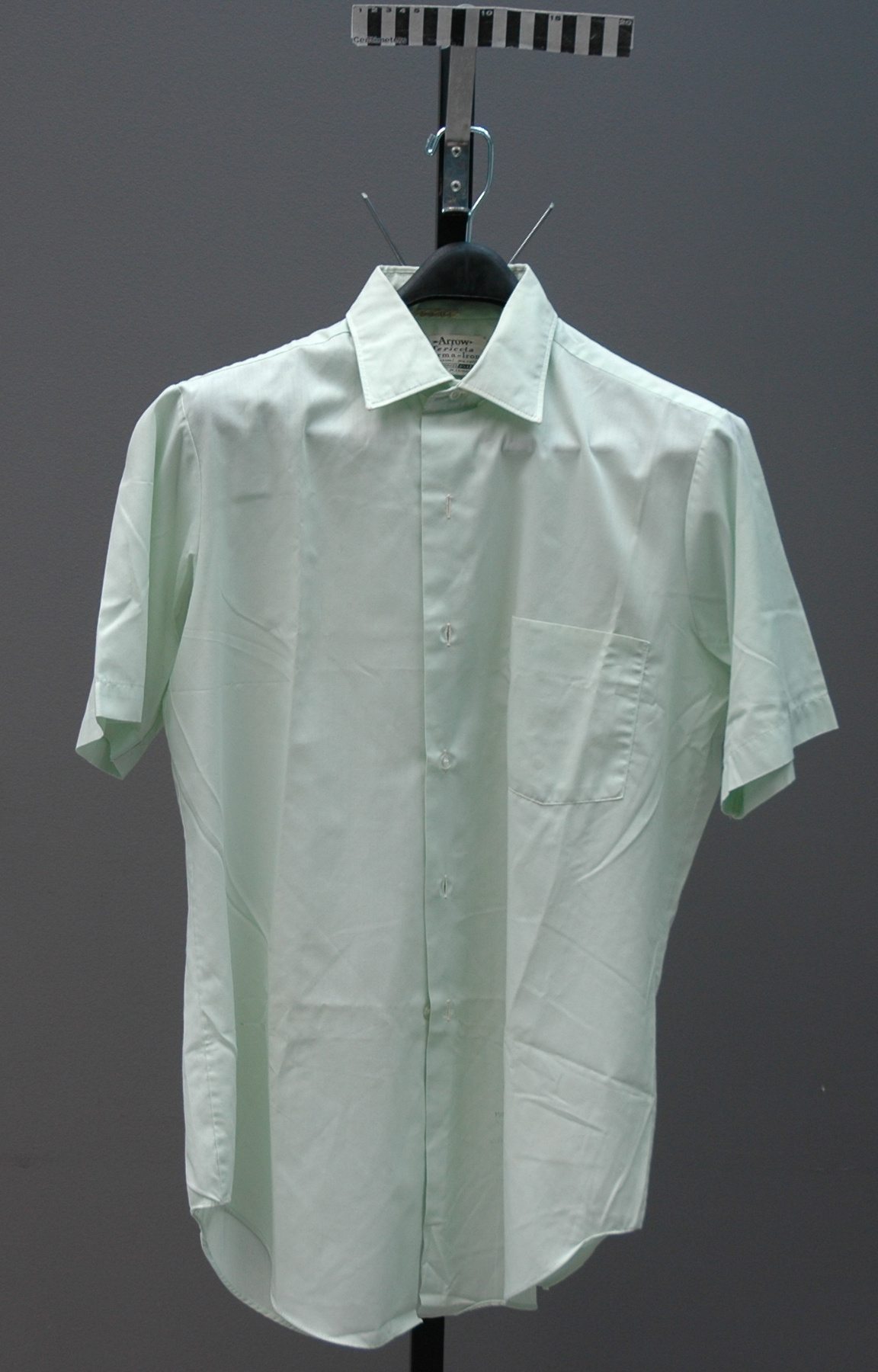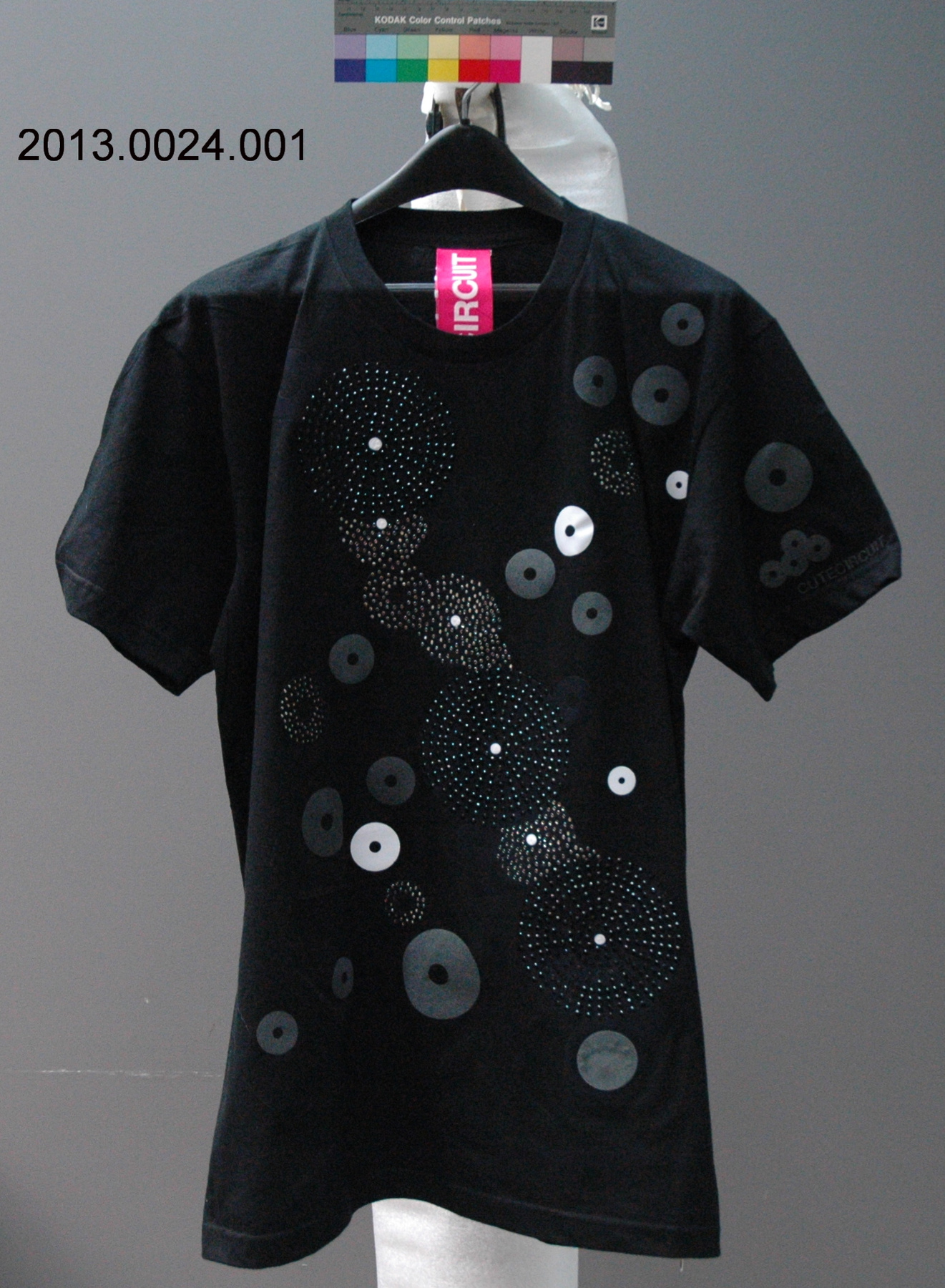Shirt
Use this image
Can I reuse this image without permission? Yes
Object images on the Ingenium Collection’s portal have the following Creative Commons license:
Copyright Ingenium / CC BY-NC-ND (Attribution-NonCommercial 4.0 International (CC BY-NC 4.0)
ATTRIBUTE THIS IMAGE
Ingenium,
2013.0024.001
Permalink:
Ingenium is releasing this image under the Creative Commons licensing framework, and encourages downloading and reuse for non-commercial purposes. Please acknowledge Ingenium and cite the artifact number.
DOWNLOAD IMAGEPURCHASE THIS IMAGE
This image is free for non-commercial use.
For commercial use, please consult our Reproduction Fees and contact us to purchase the image.
- OBJECT TYPE
- T-shirt/illuminated
- DATE
- 2012
- ARTIFACT NUMBER
- 2013.0024.001
- MANUFACTURER
- CuteCircuit
- MODEL
- Twirkle
- LOCATION
- London, United Kingdom
More Information
General Information
- Serial #
- N/A
- Part Number
- 1
- Total Parts
- 5
- AKA
- T-shirt
- Patents
- N/A
- General Description
- Black 100% cotton T-shirt; black, grey and white microfibre [synthetic] and [synthetic] crystal decoration; silver metal snaps fixed inside battery housing.
Dimensions
Note: These reflect the general size for storage and are not necessarily representative of the object's true dimensions.
- Length
- 78.0 cm
- Width
- 52.0 cm
- Height
- 1.5 cm
- Thickness
- N/A
- Weight
- N/A
- Diameter
- N/A
- Volume
- N/A
Lexicon
- Group
- Physics
- Category
- Light & electromagnetic radiation
- Sub-Category
- N/A
Manufacturer
- AKA
- CuteCircuit
- Country
- United Kingdom
- State/Province
- Unknown
- City
- London
Context
- Country
- Worldwide
- State/Province
- Unknown
- Period
- This item new/never used.
- Canada
-
LED-embedded fabric's popularity continues to increase in Canadian market in 2010s. [Ref. 1] - Function
-
LED-embedded fabric designed to enhance appearance of a black T-shirt. - Technical
-
The work on electroluminescence dates back to early 1900s, but it was not practically applied until 1962, when Nick Holonyak from GE developed the first visible spectrum light emitting diode (LED). For the first decade LEDs only emitted red light. The first LEDs were used in laboratory and test equipment. As the technology matured, the light output increased to yellow and orange; then in1994, to high brightness blue; and finally ca.1996 to high power white, which allowed LEDs to be used for illumination. Flexible LEDs were only developed in 2000s, and thin film LEDs in 2010s. The earliest work on e-textiles was conducted in the 1990s at MIT by Steve Mann, Thad Starner and Rehmi Post. It resulted in several patents, issued in 1997. One of the first LED fabric products was a spinoff from the MIT’s work. Between 2003 and 2004, architectural designer Talia Dorsey (MIT Architecture); filmmaker Joshua Dorsey; media scientist Mathew Laibowitz (MIT Media Lab); and LED entrepreneur Eran Plonski (CEO of Divvali LED Lighting & Design) designed LUME, a lightweight, LED-embedded textile. LUME was exhibited at the Center for Architecture in New York in 2004. Philips Research also invested in some early work on photonic textiles. Philips’ prototypes were presented at the Consumer Electronic Fair in Berlin in 2005. While MIT’s research quickly led to commercial products, researchers at Philips mostly considered health and safety applications for their e-textiles. [Ref. 1] - Area Notes
-
Unknown
Details
- Markings
- "CUTECIRCUIT" appears on one side of garment tag fixed to inside of neckband. Washing and handling graphics and text "CUTE CIRCUIT/ Designed in London", "100% RoHS Technology/ PATENT PENDING", "WASH INSTRUCTIONS/ Remove battery before washing/ Hand wash cold. Line dry/ Do not wring. No tumble dry./ Do not dry clean. Do not iron" and "www.cutecircuit.com" appear on reverse of garment tag. "L" printed on second tag sewn to inside neckband. Large "+" on inside pocket identifies battery compartment.
- Missing
- Appears complete.
- Finish
- Black 100% cotton T-shirt; black, grey and white microfibre [synthetic] and [synthetic] crystal decoration; silver metal snaps fixed inside battery housing.
- Decoration
- Black, white and grey circles, some decorated with crystals, arranged in random pattern on T-shirt front.
CITE THIS OBJECT
If you choose to share our information about this collection object, please cite:
CuteCircuit, Shirt, 2012, Artifact no. 2013.0024, Ingenium – Canada’s Museums of Science and Innovation, http://collections.ingeniumcanada.org/en/id/2013.0024.001/
FEEDBACK
Submit a question or comment about this artifact.
More Like This
